How I capture life
It was a dreary day in Toronto — but only outside. There were some really nice emotions going on inside this restaurant in our Chinatown district.
Inspired by Walker Evans, I decided to capture it. The camera wasn’t really noticeable (just hanging low from around my neck), and I decided to keep it that way. So, I didn’t bring it up to my eye to frame a capture — I just clicked the shutter as I was walking by. No time to think about exposure, focusing or composition, just about capturing the decisive moment. In this case, 2 shots lead up to the decisive moment.

The hands tell the story.
Or is it the face?
Well, they both work together to tell a beautiful story.
It was drizzling rain, and not the kind of day for undedicated street photographers. But my camera and lens are weatherproof, so no reason to stay indoors.


RIGHT: Olympus OM-1 . Olympus M.Zuiko 17mmF1.2 . F/5.6 . 1/180” . ISO 200
Walker Evans is one of my main inspirations for street photography. One of his series that stands out is the Subway Portraits. He shot them between 1938 and 1941 on the New York City subway system. His goal was to capture the riders “when their guard is down and the mask is off,” he said.
He used a 35mm camera, and painted its shiny chrome parts black, and hid it under his topcoat, with only the lens peeking out between two buttons. He rigged its shutter to a cable release, whose chord snaked down his sleeve and into the palm of his hand, which he kept buried in his pocket.
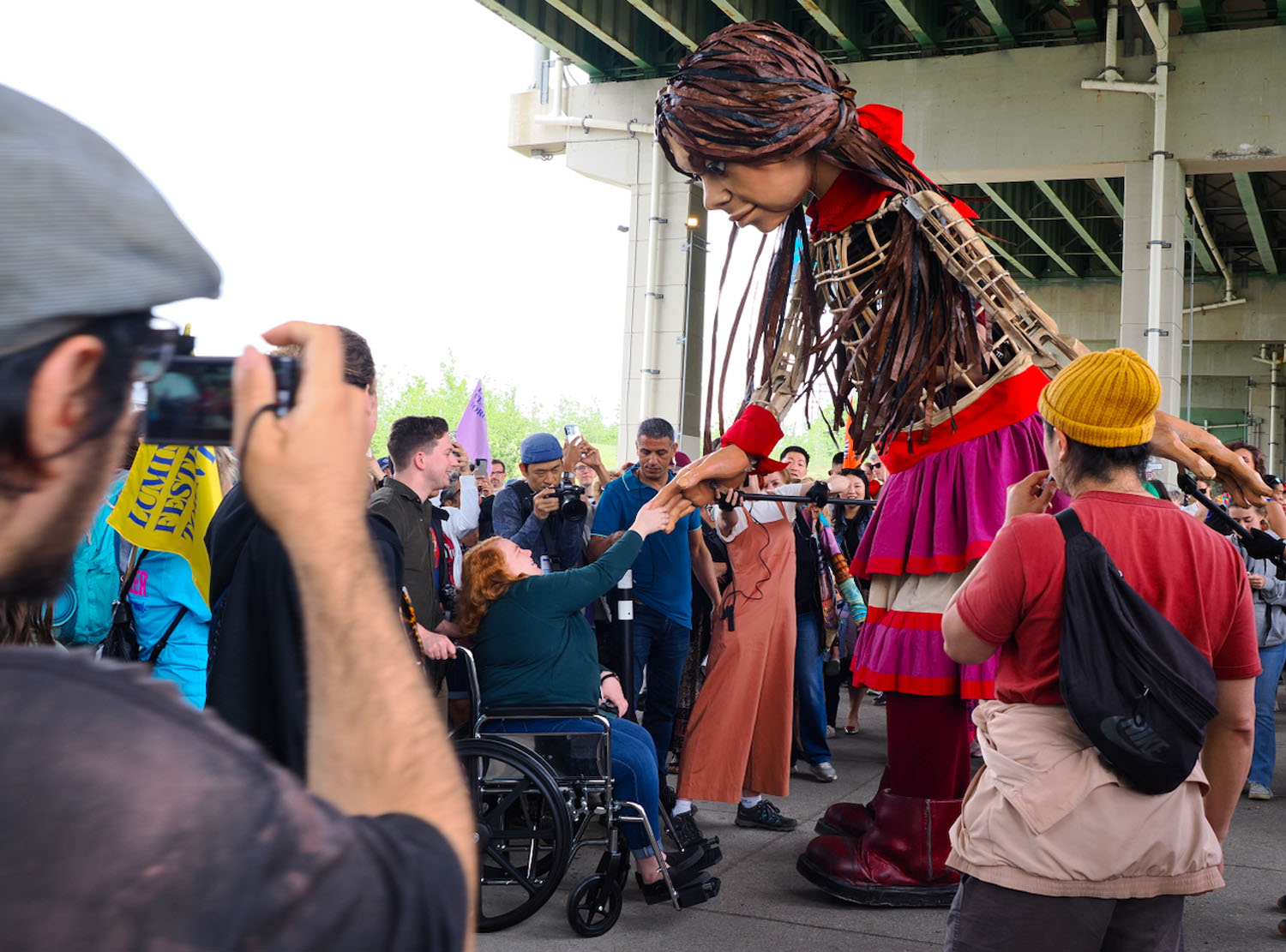

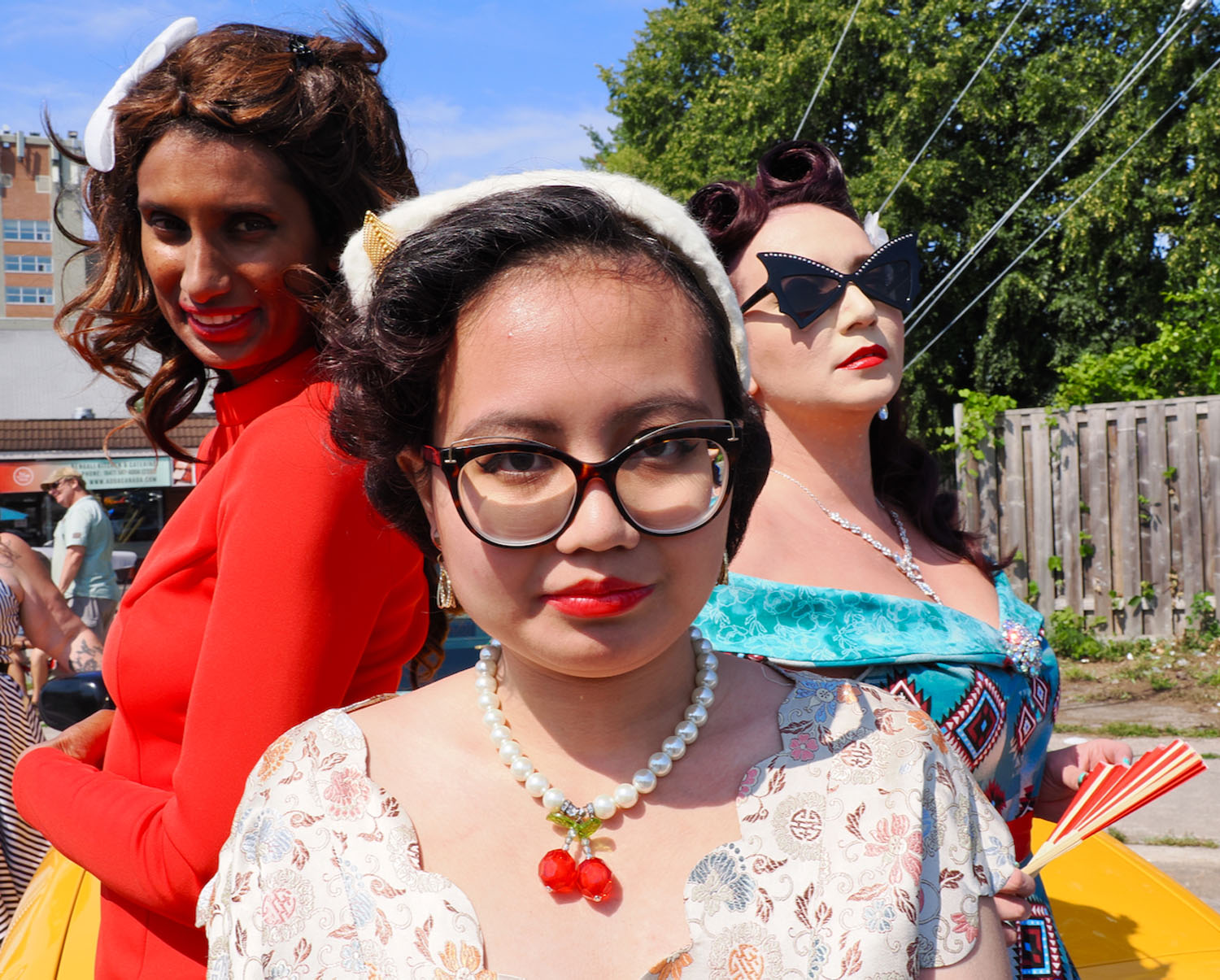
RIGHT: Olympus OM-1 . Olympus M.Zuiko 17mmF1.2 . F/11 . 1/350” . ISO 320
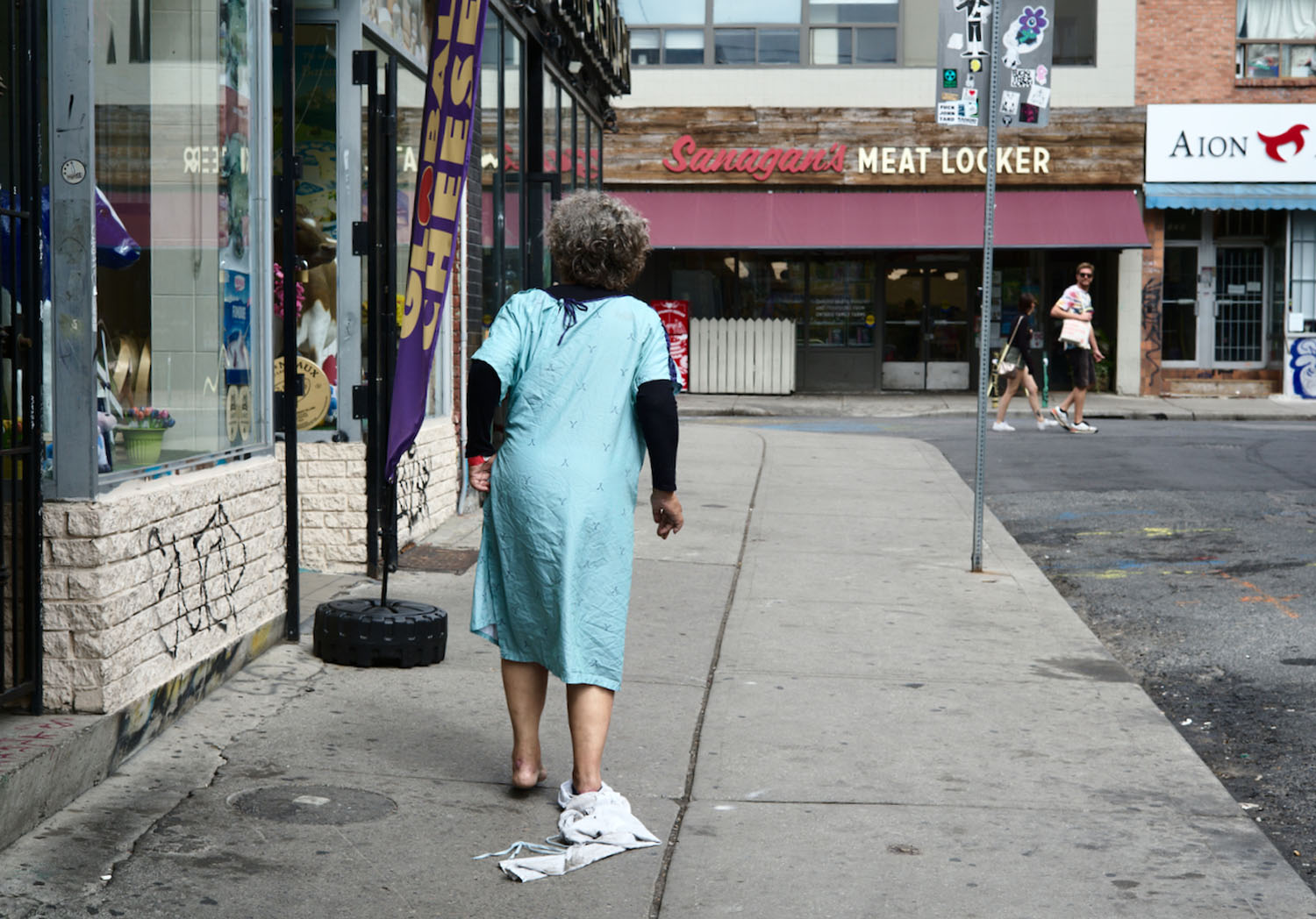
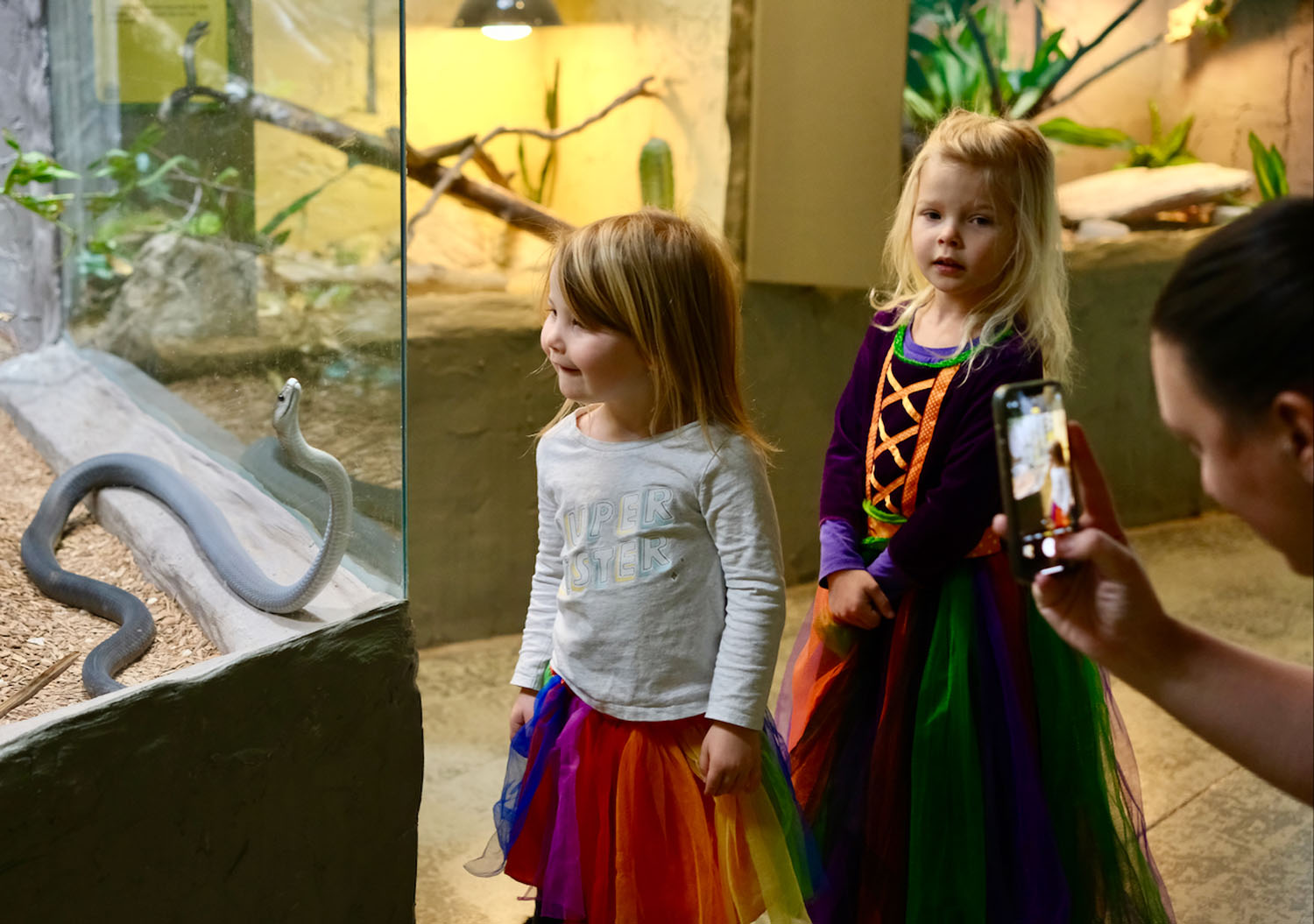
RIGHT: Fuji X-T5. Fuji XF33mmF1.4 . F/2.0 . 1/125” . ISO 2000
With these methods, Evans managed to capture people immersed in conversation, reading, or seemingly lost in their own thoughts and moods. His subjects’ faces display a range of emotions.
(Thanks to the Museum of Modern Art website for that information.)
Now, of course, we have autofocus, wireless remote shutter releases, electronic shutters that are silent, and burst modes that allow us to capture a succession of photos quickly so we can grab the powerful moment.
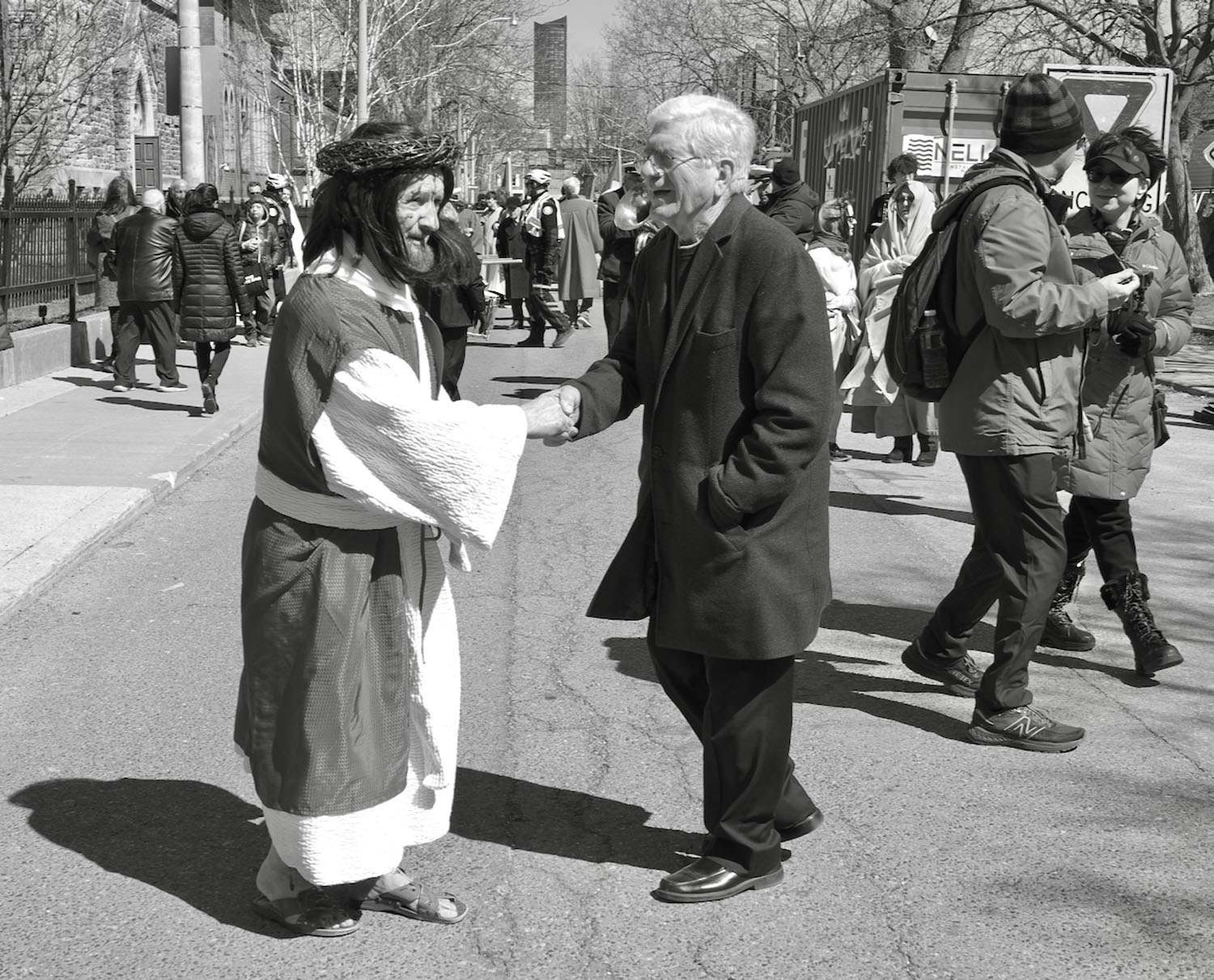

RIGHT: Olympus OM-1 . Olympus M.Zuiko 12-40mmF2.8 @12mm . F/6.7 . 1/750” . ISO 200
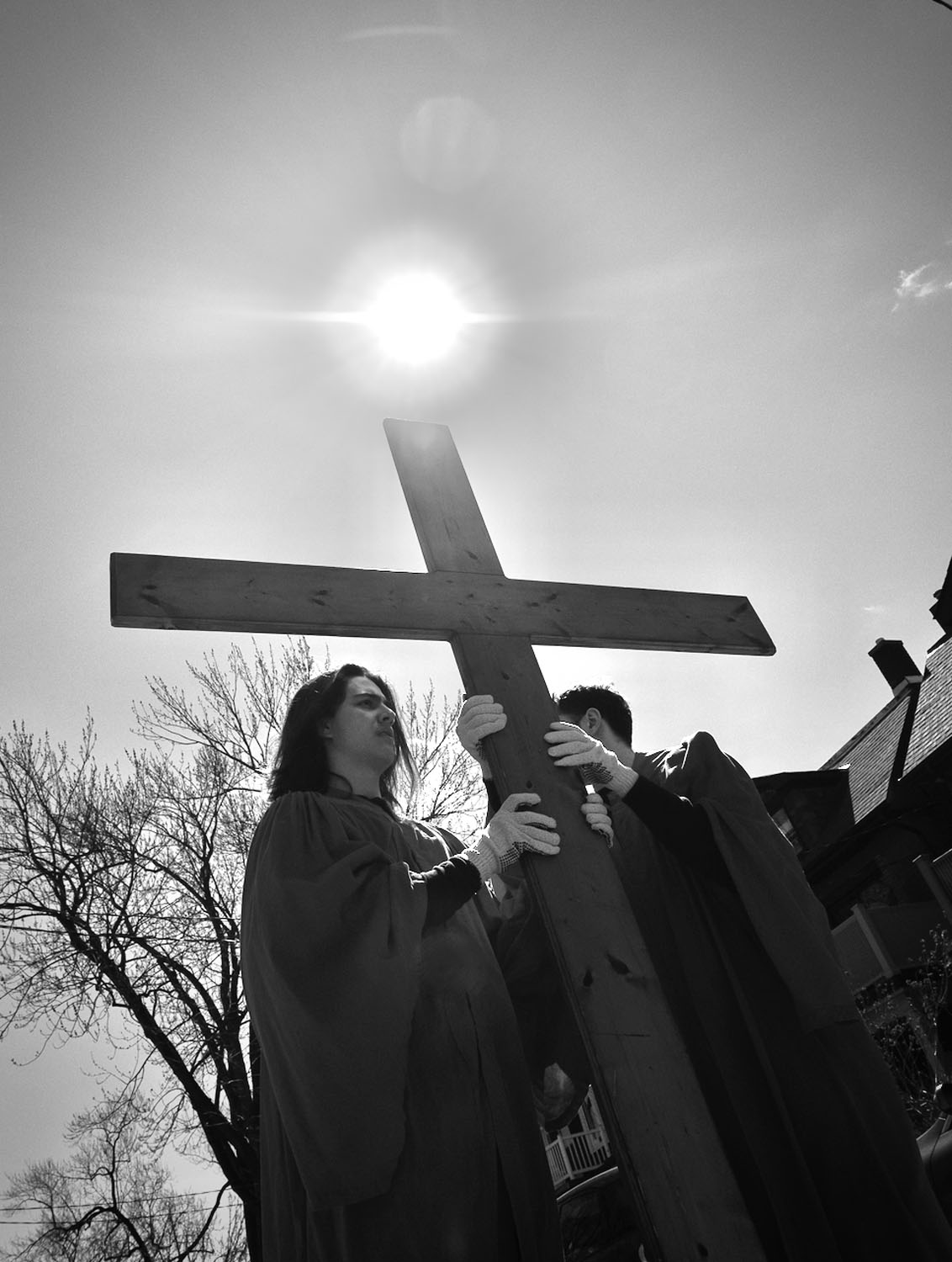
I consider myself a flaneur. I observe the streets. I get energy from walking around the city, observing. I also relax by walking around the city, observing. The key, needless to say, is that I always wear a camera. I use a fairly small, lightweight camera. My choice is the OM-1. I use the 17mm lens most often. Yes, I sometimes open it up to f1.2. My “street” photography is sometimes indoors, especially in coffee shops, or big events. Once in a while, I use the 12-40mm zoom, but I find that zooming takes time, and you seldom have time to fiddle around if you’re after the decisive moment.
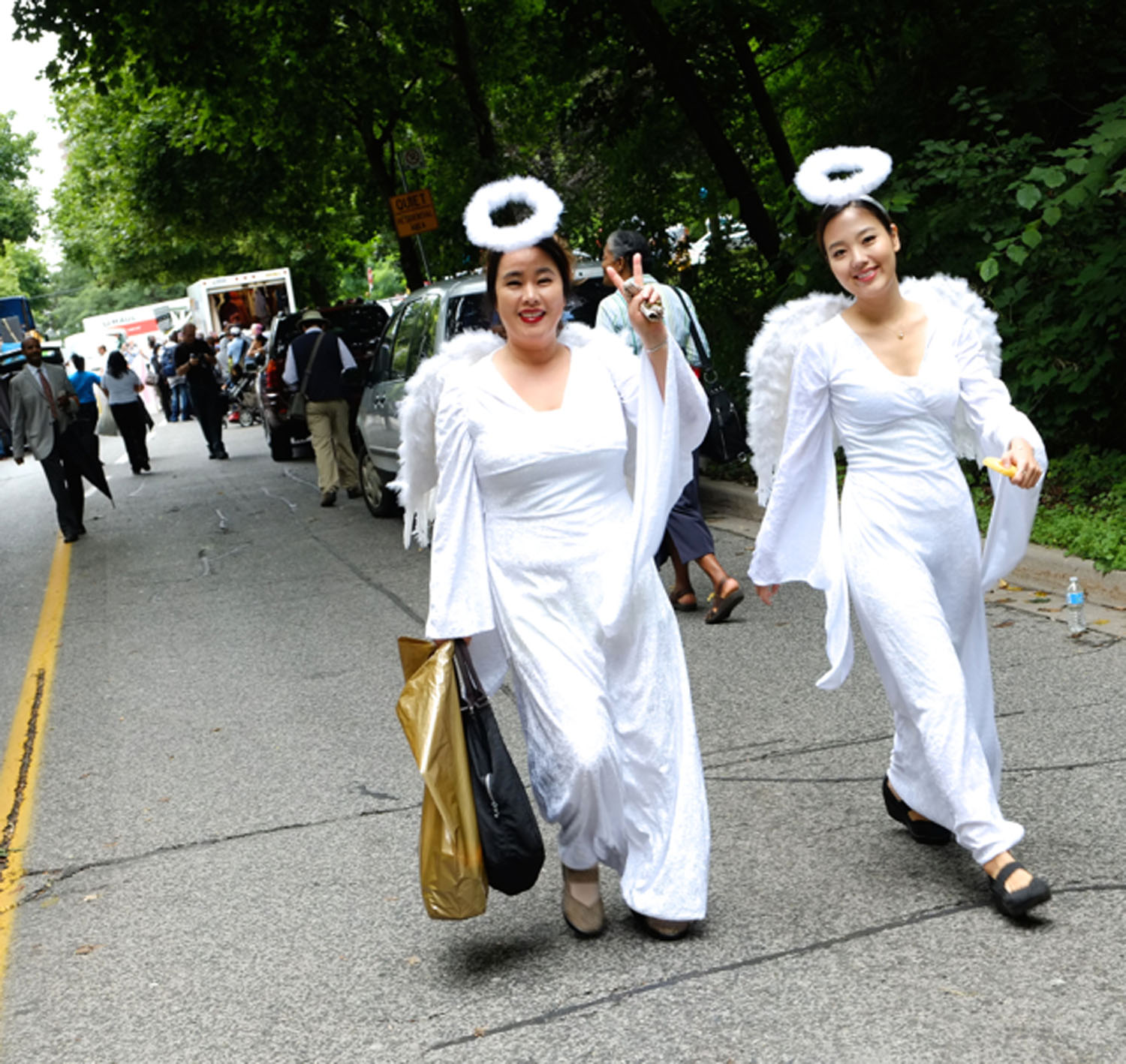
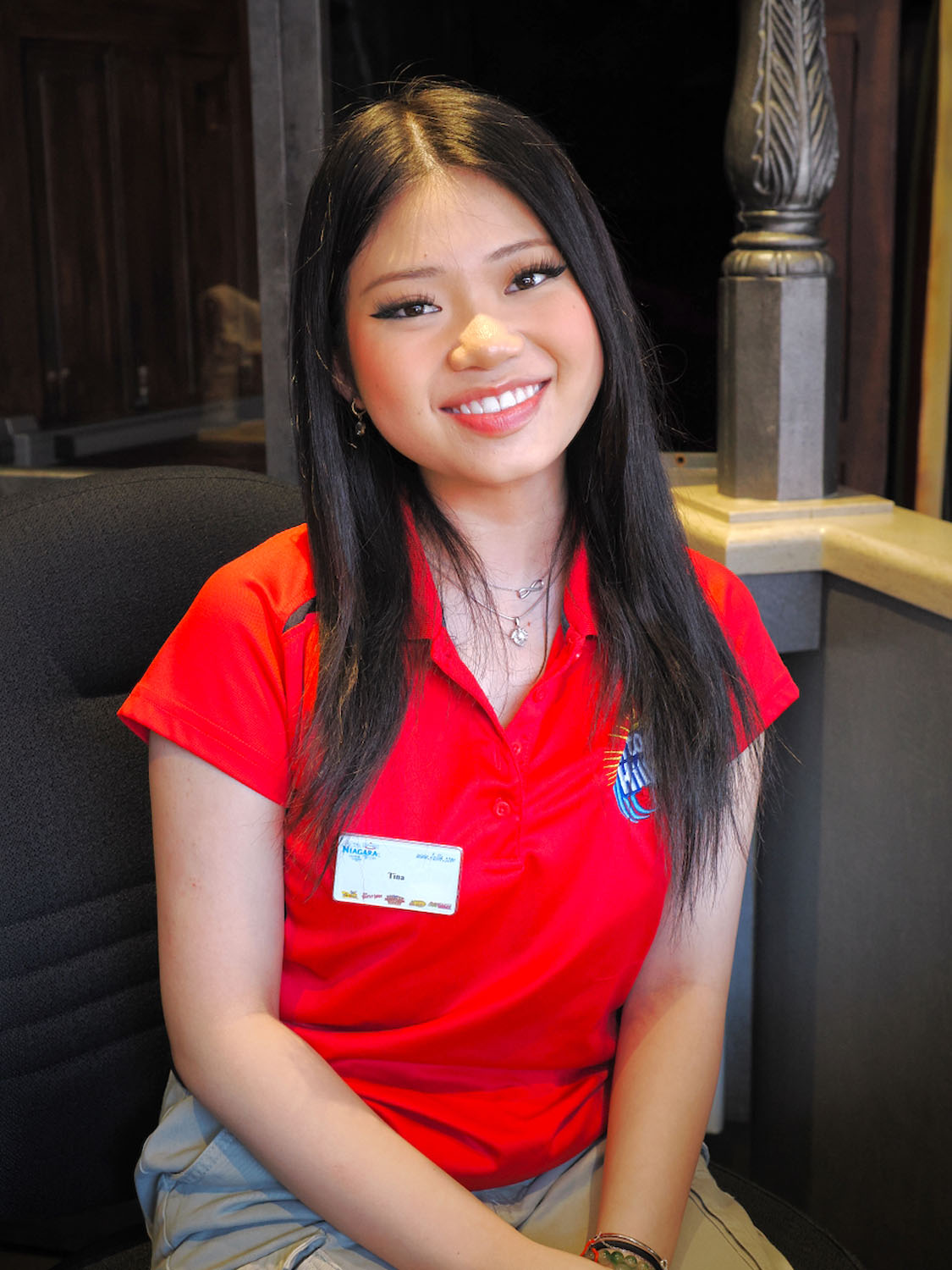
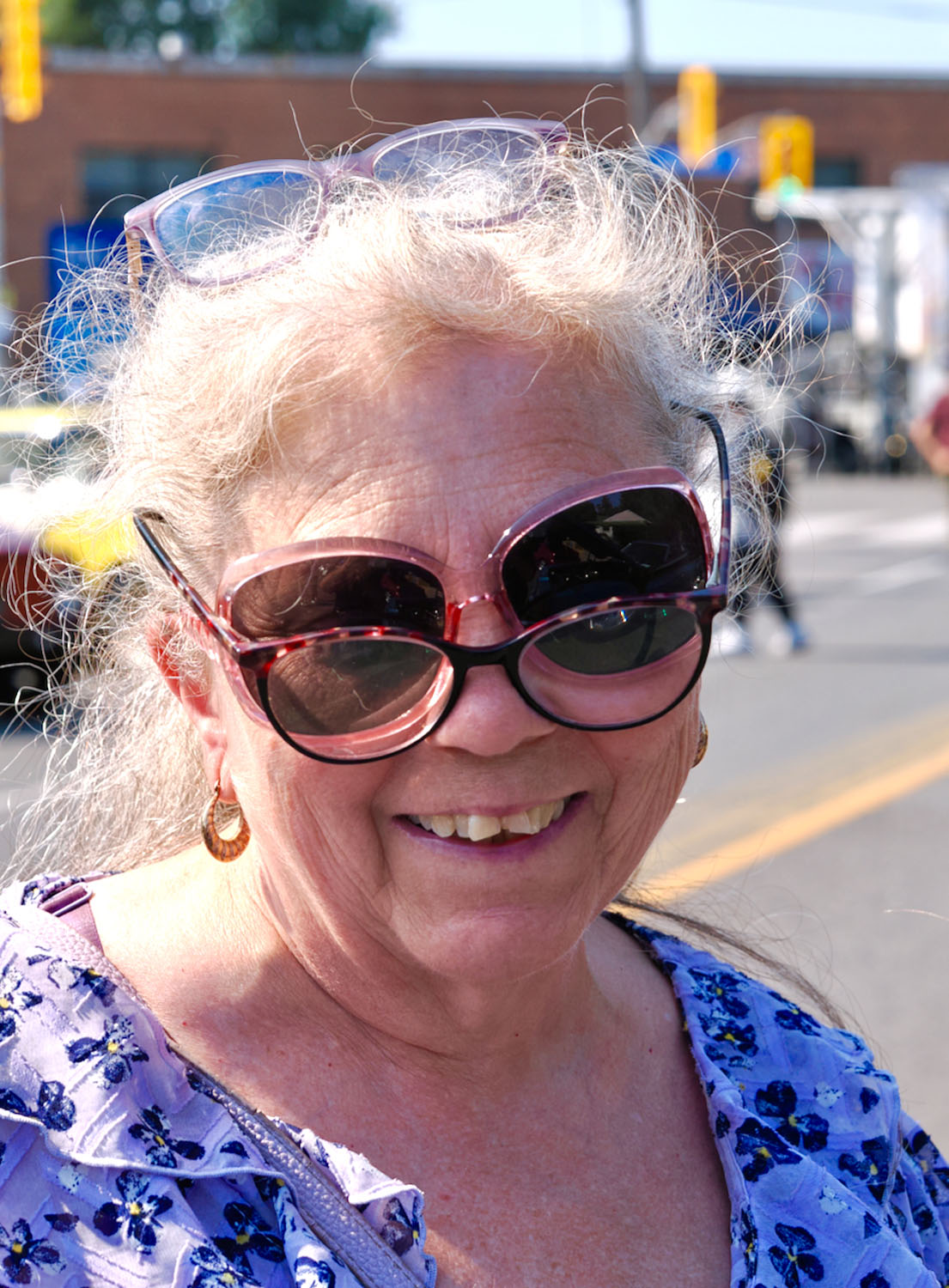
RIGHT: Olympus OM-1 . Olympus M.Zuiko 45mmF1.2 . F/5.6 . 1/1000” . ISO 320

I’m actually considering switching to the OM-5. It’s much less expensive, has fewer features, and a sensor that probably doesn’t render images as well as the OM-1. Why? It’s smaller and lighter.
Street photographs can be technically perfect, have a gorgeous cinematic look, and are really beautiful, but if they have no expression, it’s all pointless.
One of the Henri Cartier-Bresson quotes that I think about all the time is, “Sharpness is a bourgeois concept.” I agree. I don’t worry about sharpness, computational features, technical details, colour science, or composition very much. I just concern myself with telling a story. And, that story will often involve emotions (which could be love, boredom, excitement, disgust, approval, envy, satisfaction or compassion). The story might be told in just one image, many images, or in three images, as I have done with these captures of the couple in the restaurant. They were snapped from the sidewalk, in a light rain, with the camera almost at my waist. It was their hands that caught my attention. It wasn’t until I looked at the photos later that I noticed the young man’s facial expression when the gal held his hand.
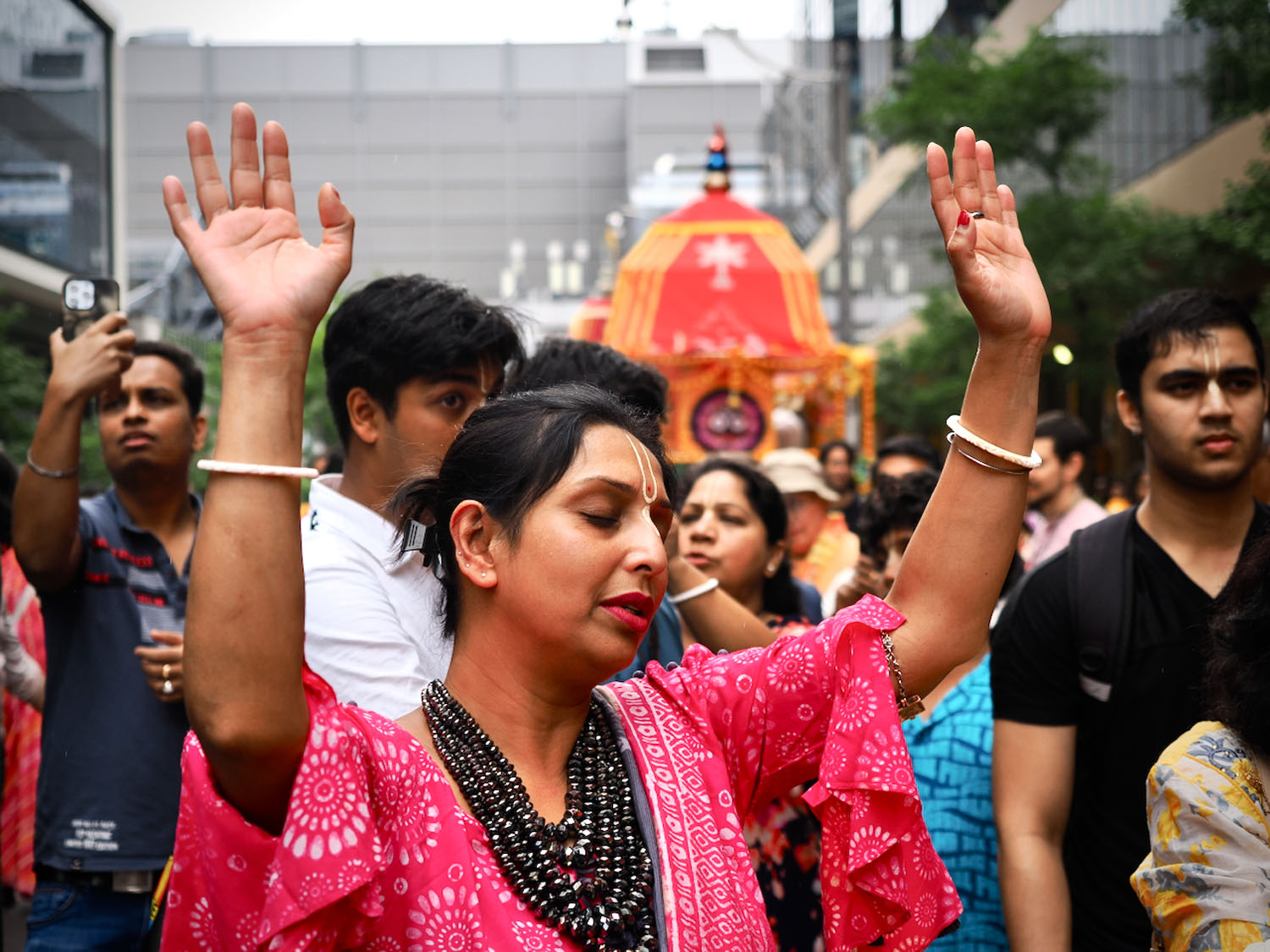
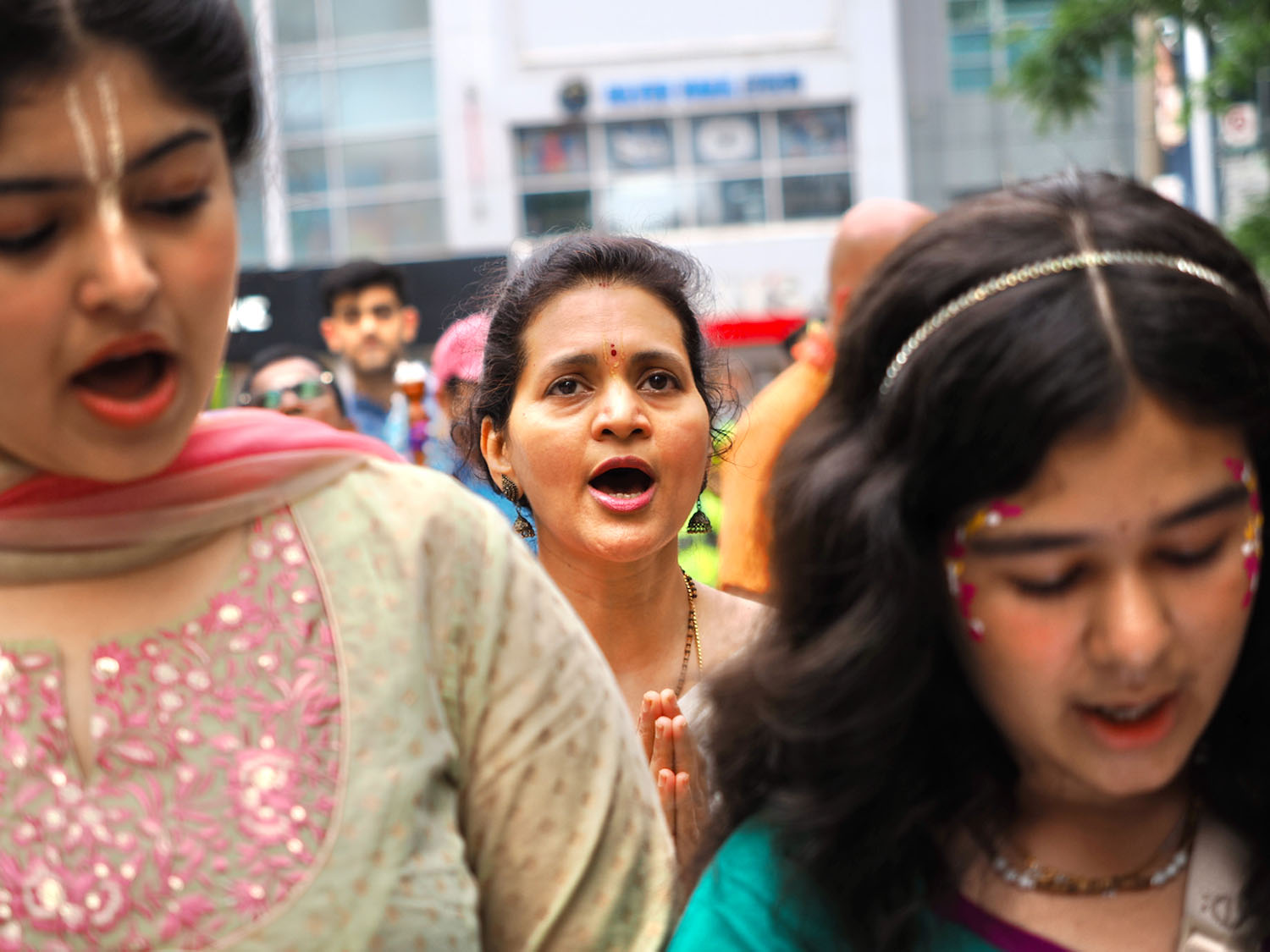
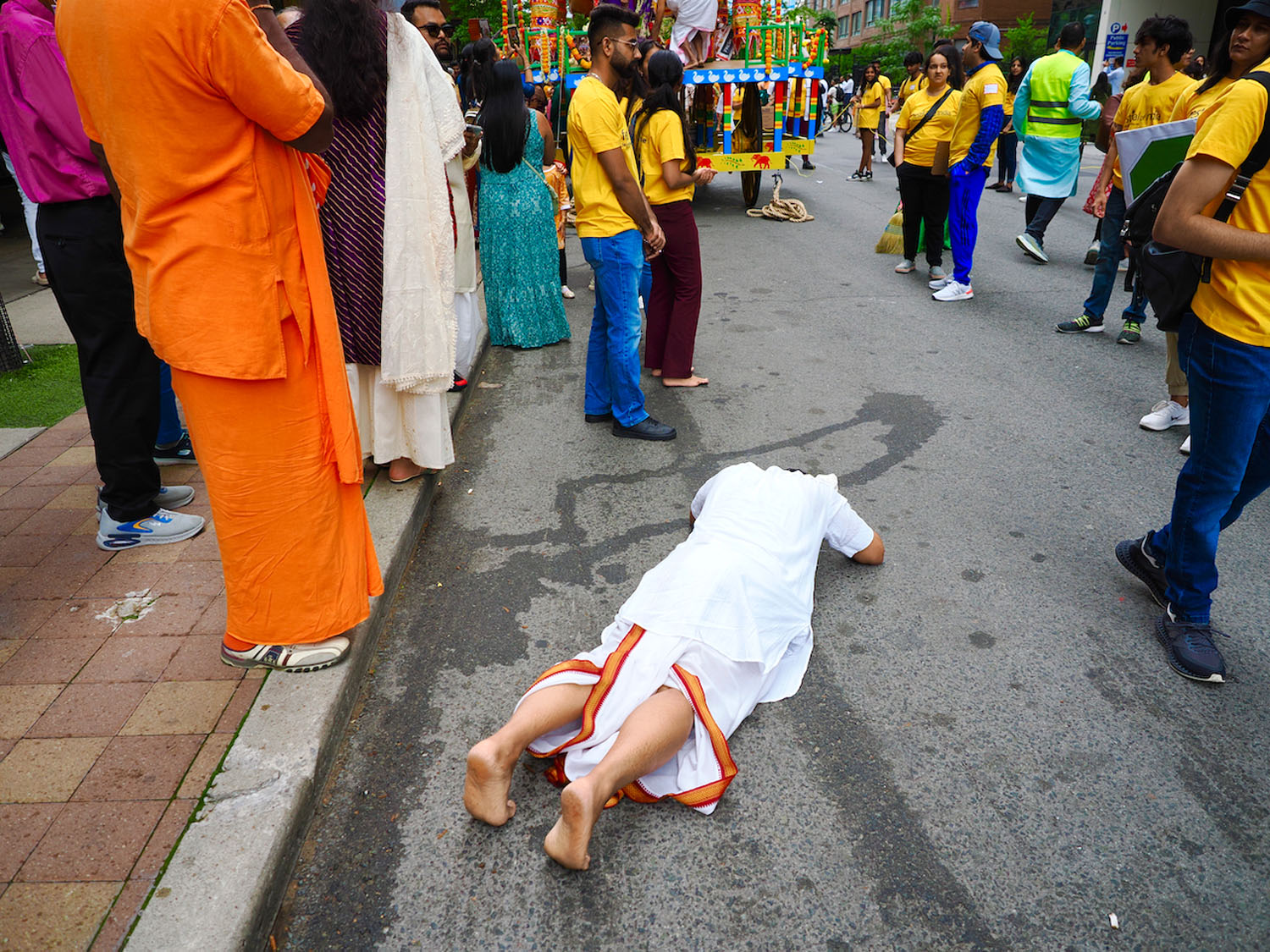
RIGHT: Olympus OM-1 . Olympus M.Zuiko 12-40mmF2.8 @12mm . F/2.8 . 1/750” . ISO 320

I used to shoot with a manual-focus Leica rangefinder. Spectacular camera, and a joy to hold and use. Problem was, I couldn’t focus quickly enough to capture the photo I saw. I tried pre-focusing at about 8 feet, but it just wasn’t working out for me. I sometimes shoot wide open, as I mentioned, to throw the background out of focus and put all the attention on the main subject, or if the available light is not too bright. That means I don’t have much depth of field, which I would need for pre-focusing.
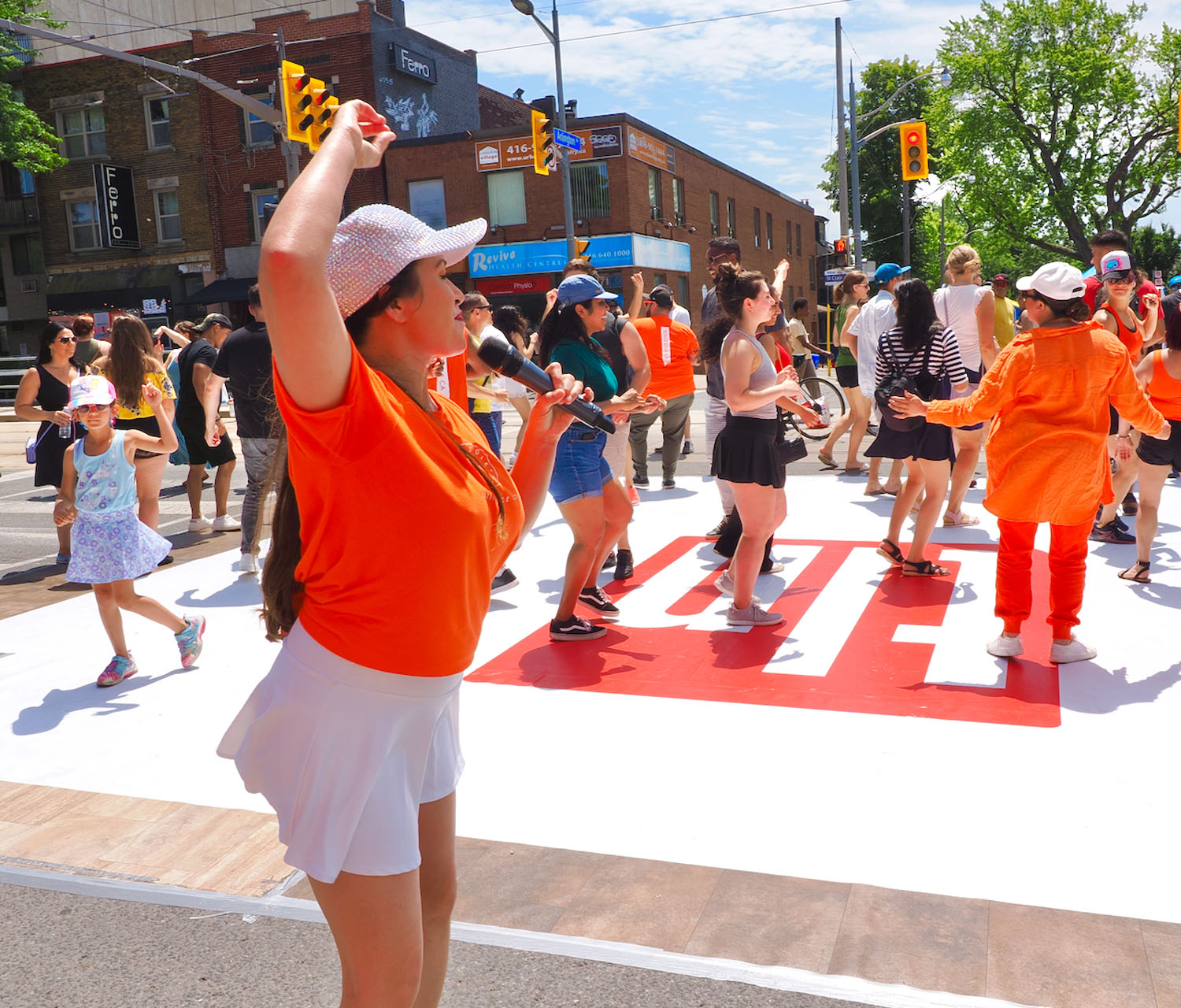
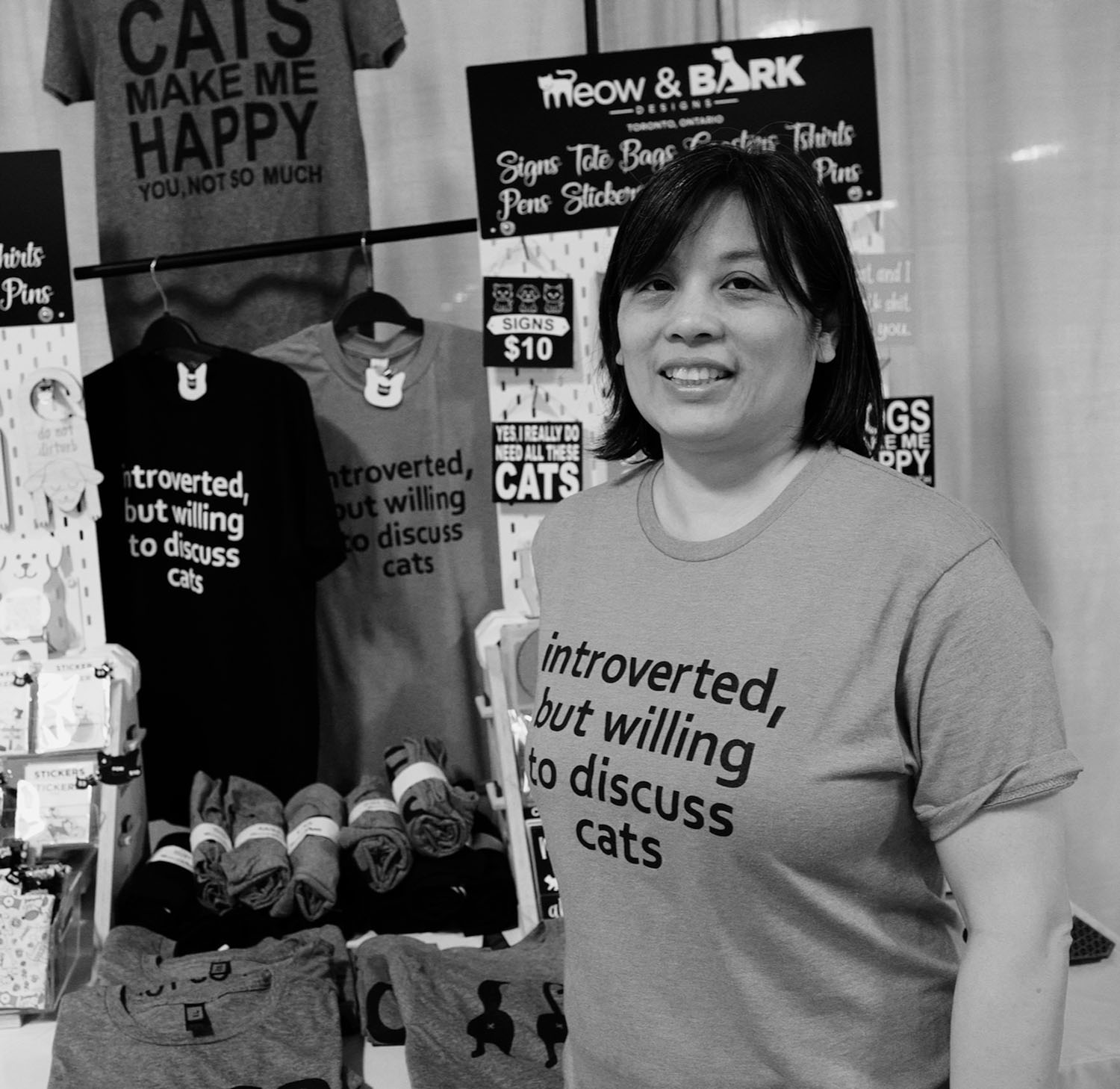
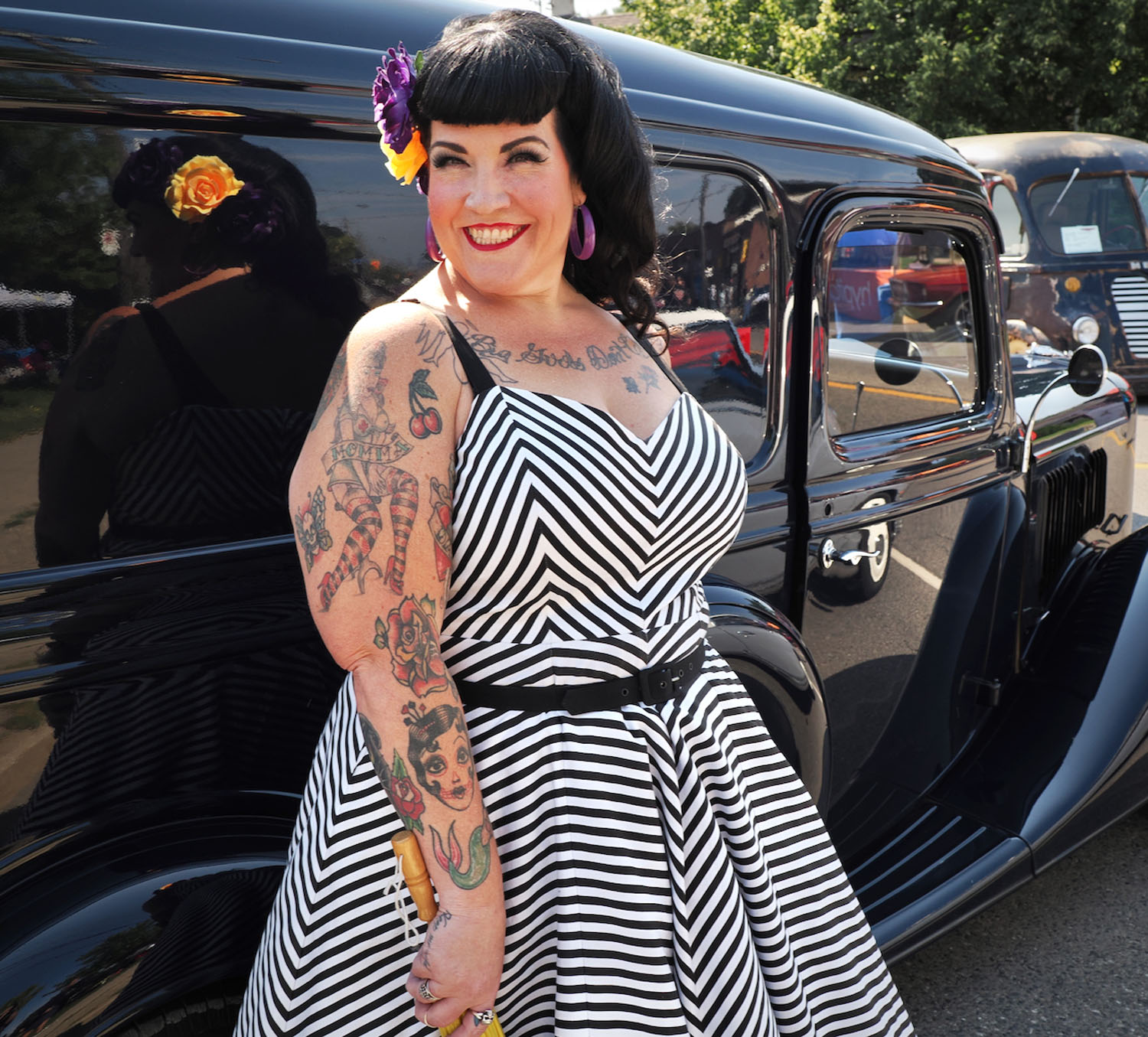
RIGHT: Olympus OM-1 . Olympus M.Zuiko 17mmF1.2 . F/5.6 . 1/250” . ISO 200
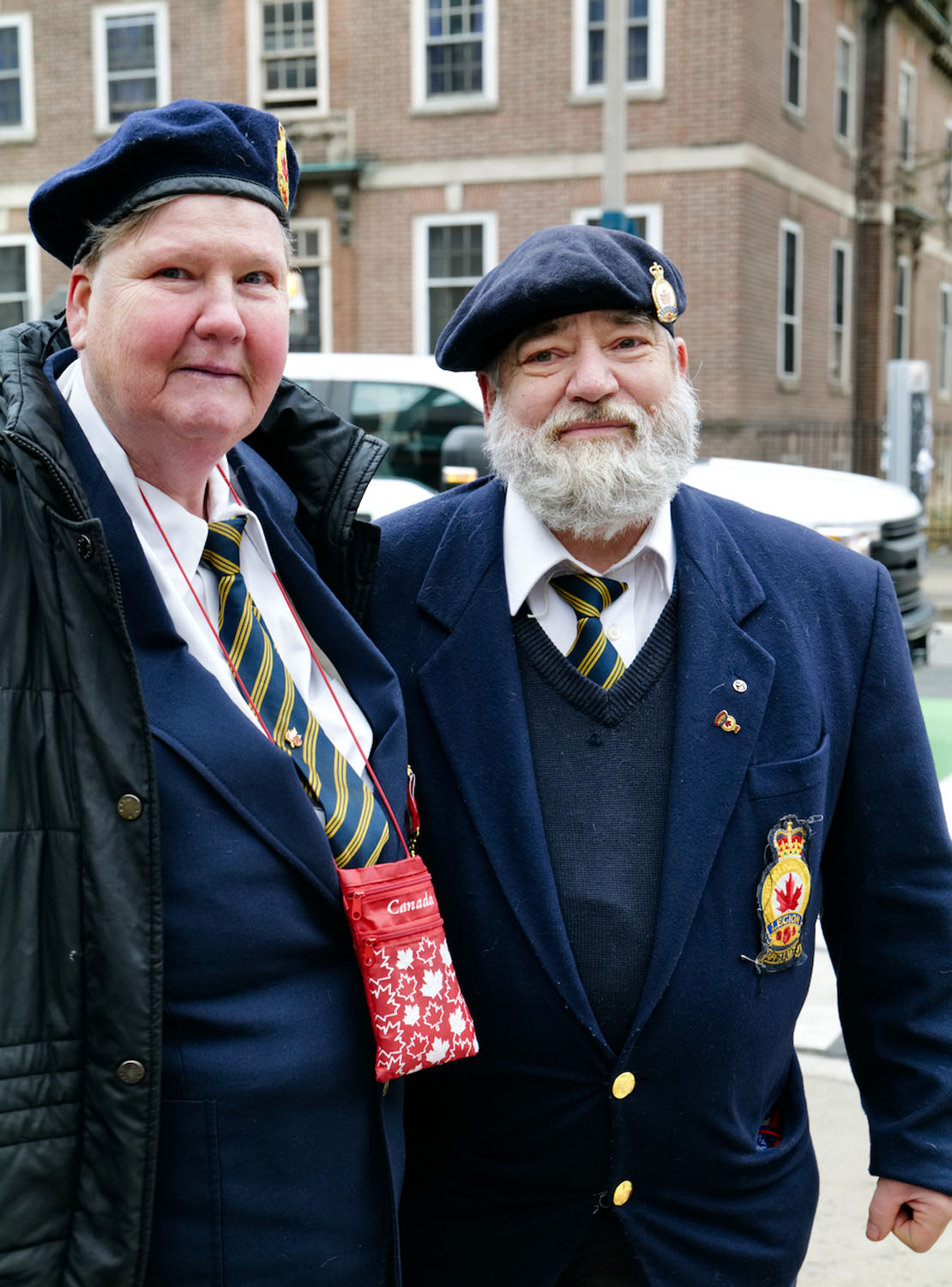
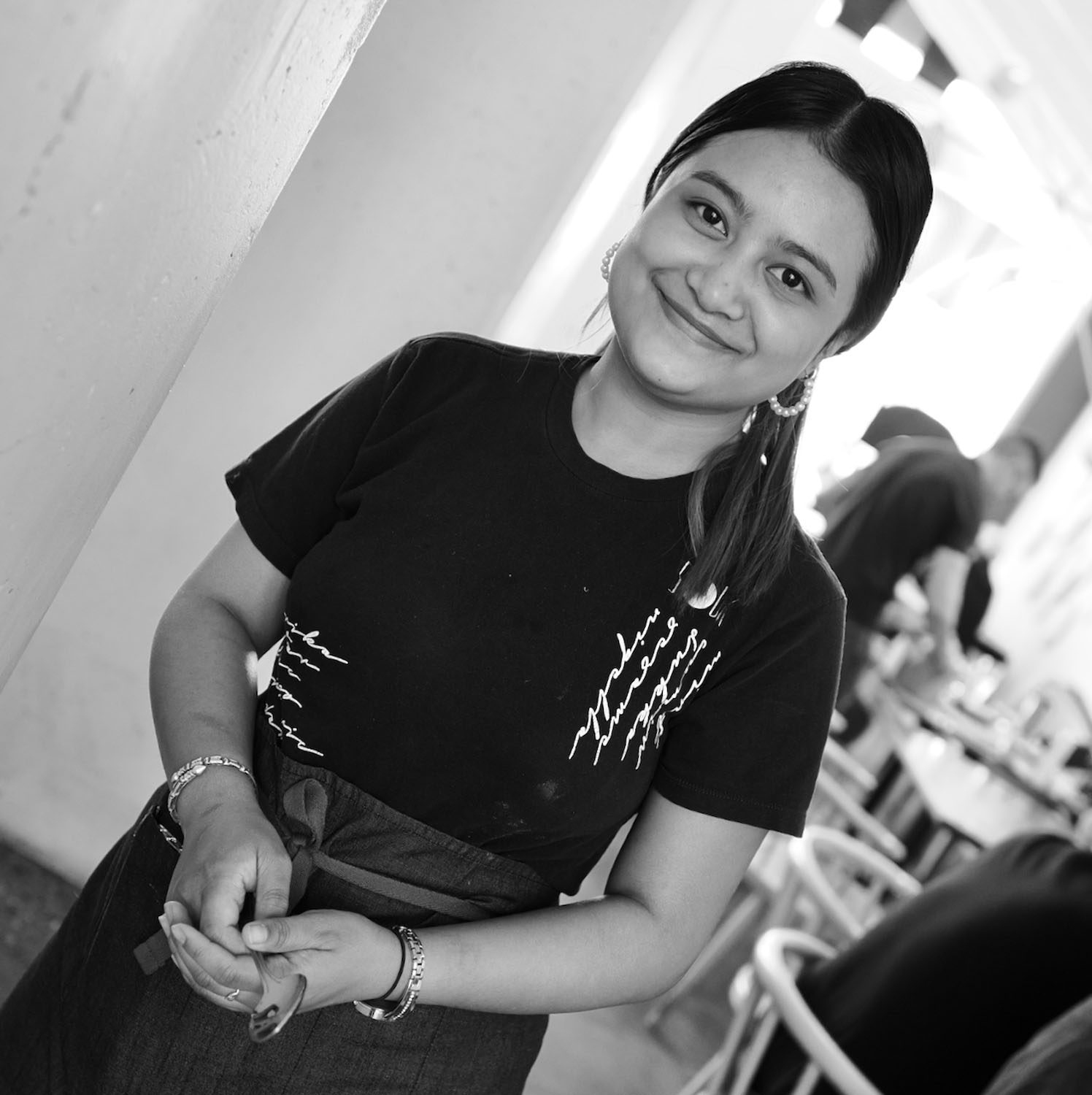
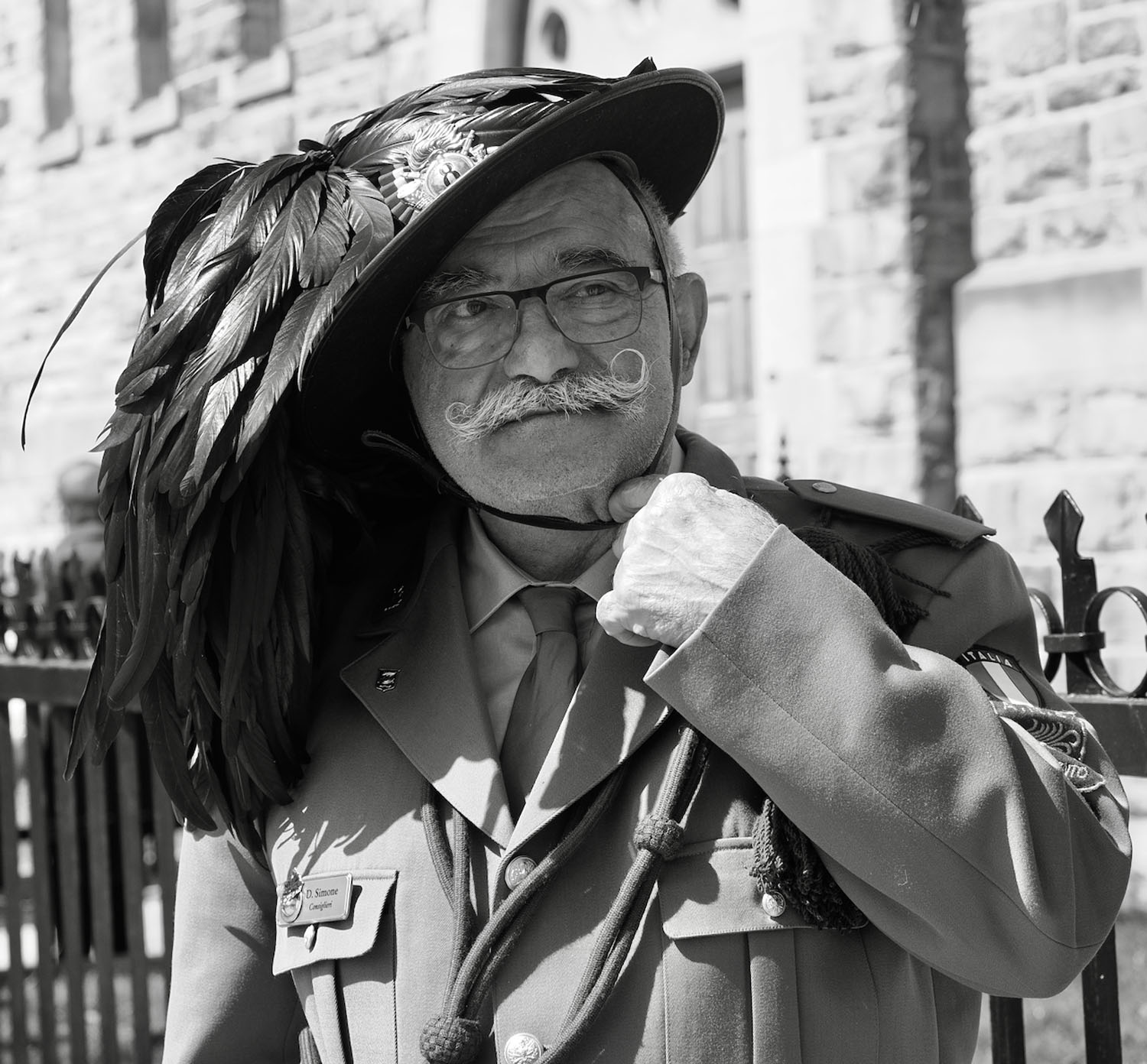
RIGHT: Olympus OM-1 . Olympus M.Zuiko 12-40mmF2.8 @40mm . F/4.0 . 1/1000” . ISO 200
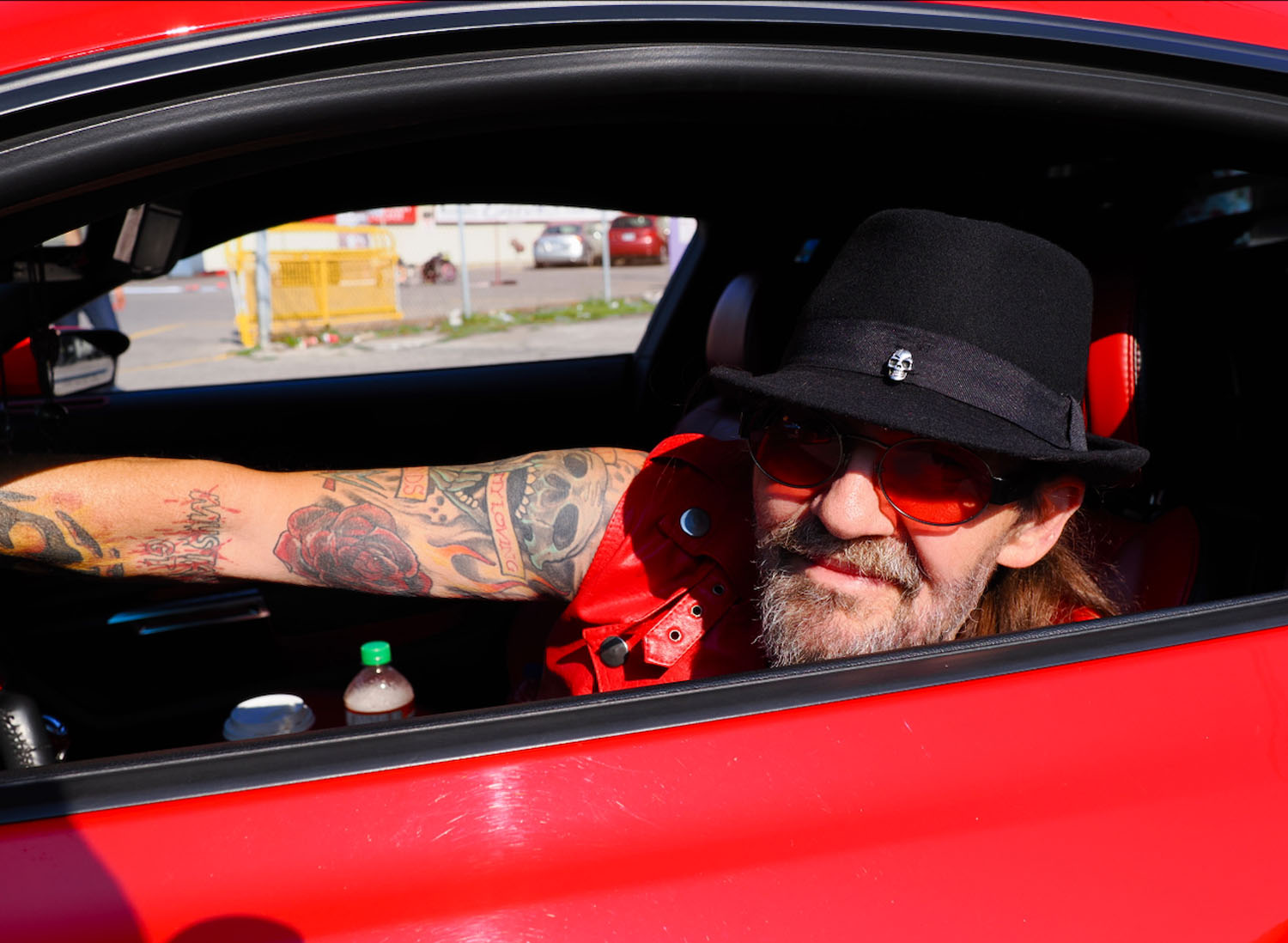
Why did I trade it in on an OM-1? Two reasons. Autofocus, and the OM system wireless remote control. It’s super easy to use. It’s three inches long, about ¾ inch wide, and maybe ½ inch thick. It only weighs an ounce. I keep it in my pocket, usually in my hand, and use it to snap pictures without being noticed. It works perfectly, every time. I imagine it has a long range, maybe 10 or 15 feet, because I’ve heard bird photographers use it. Whatever. I use it at a range of about one or two feet, and it always works. I never miss a shot.



RIGHT: Olympus OM-1 . Olympus M.Zuiko 25mmF1.2 . F/6.7 . 1/10” . ISO 200
Lots of other cameras offer wireless remote control as well. Just choose a camera that you like the feel of, that isn’t too big and heavy, and that is within your budget. Brand new or really used — it doesn’t matter.
The M.Zuiko 17mm lens is my lens of choice for street photography. On the micro four-thirds camera, you multiply by two because of the smaller sensor. So, it’s about the equivalent of a 34mm lens on a full-frame 35mm camera. I don’t know anything about chromatic aberrations, testing lenses with charts that show line pairs per millimetre, or types of distortion — and I don’t care a lot. But, what I do know is that this is a fine lens for my storytelling. Its rendering is almost dreamy.
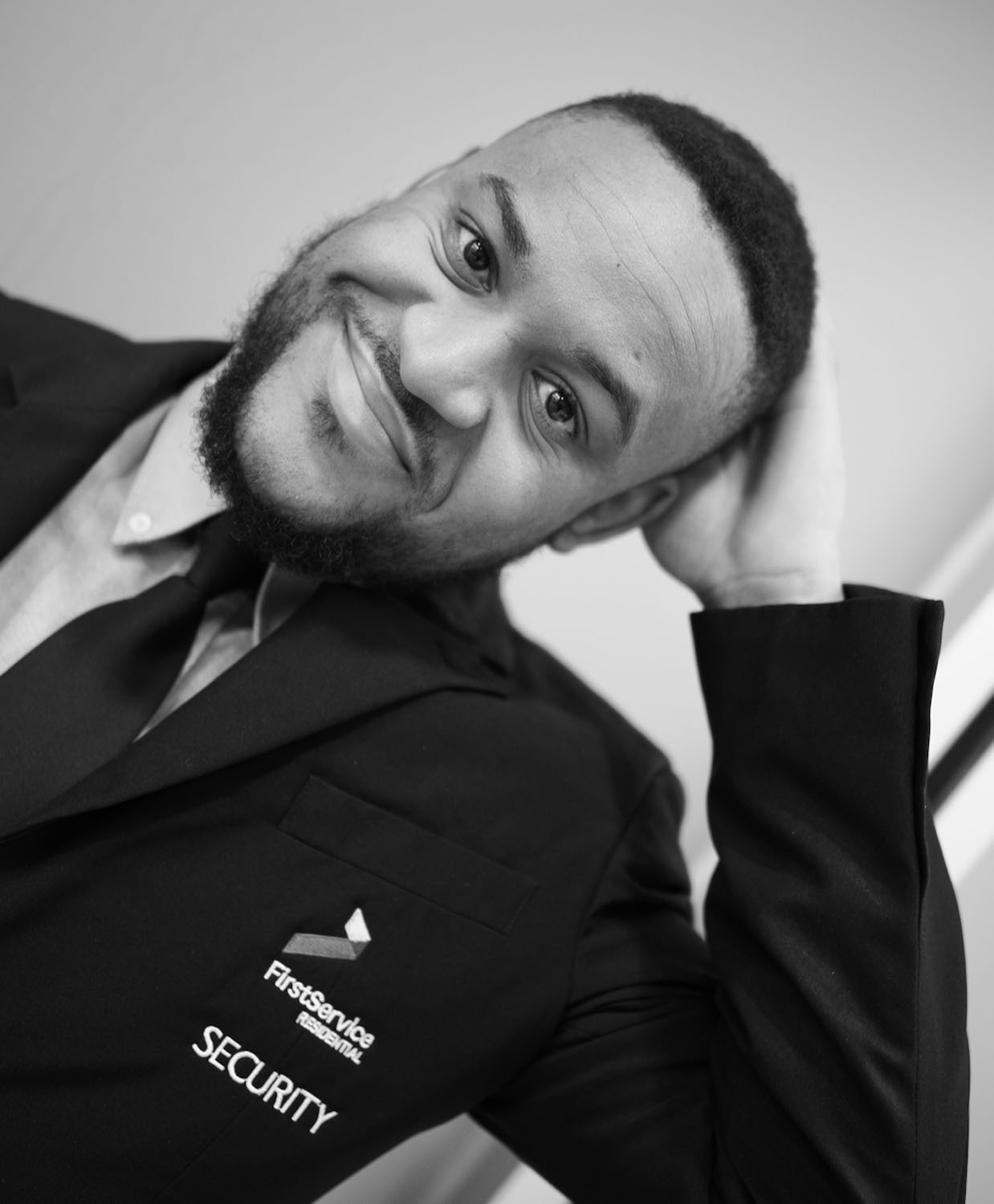
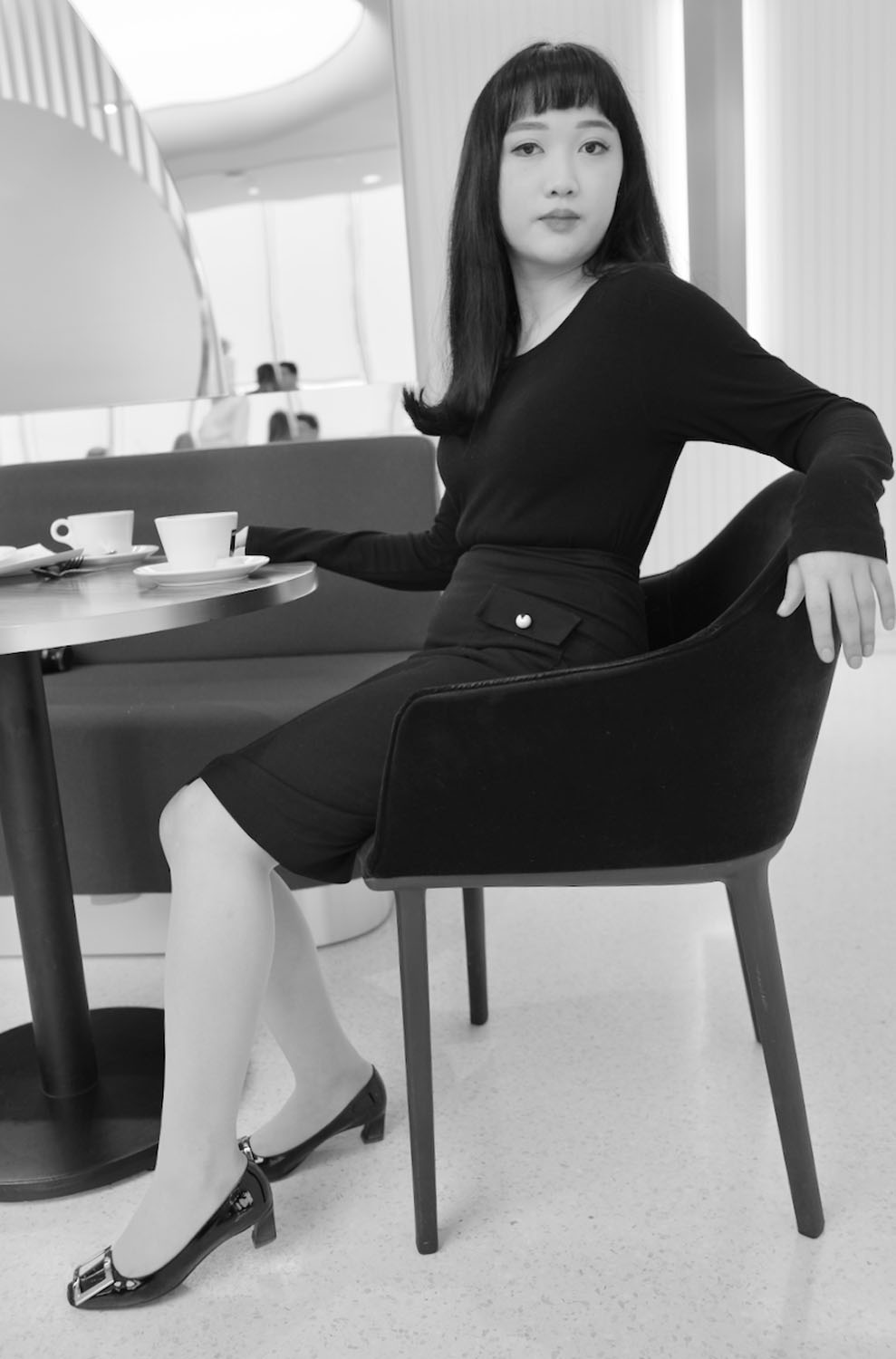
RIGHT: Fuji X-T5 . Fuji XF18mmF1.4 . F/2.0 . 1/125” . ISO 640
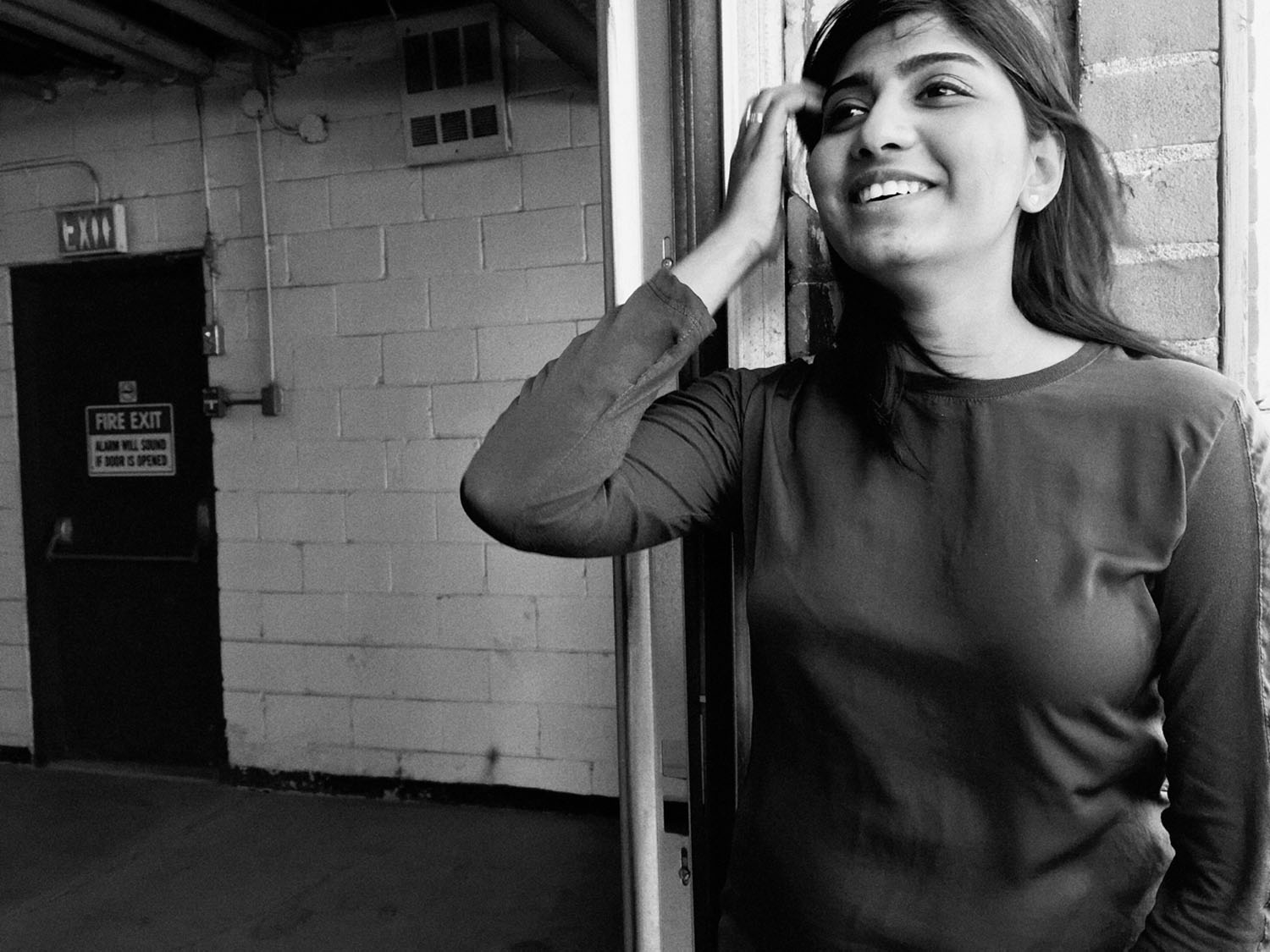
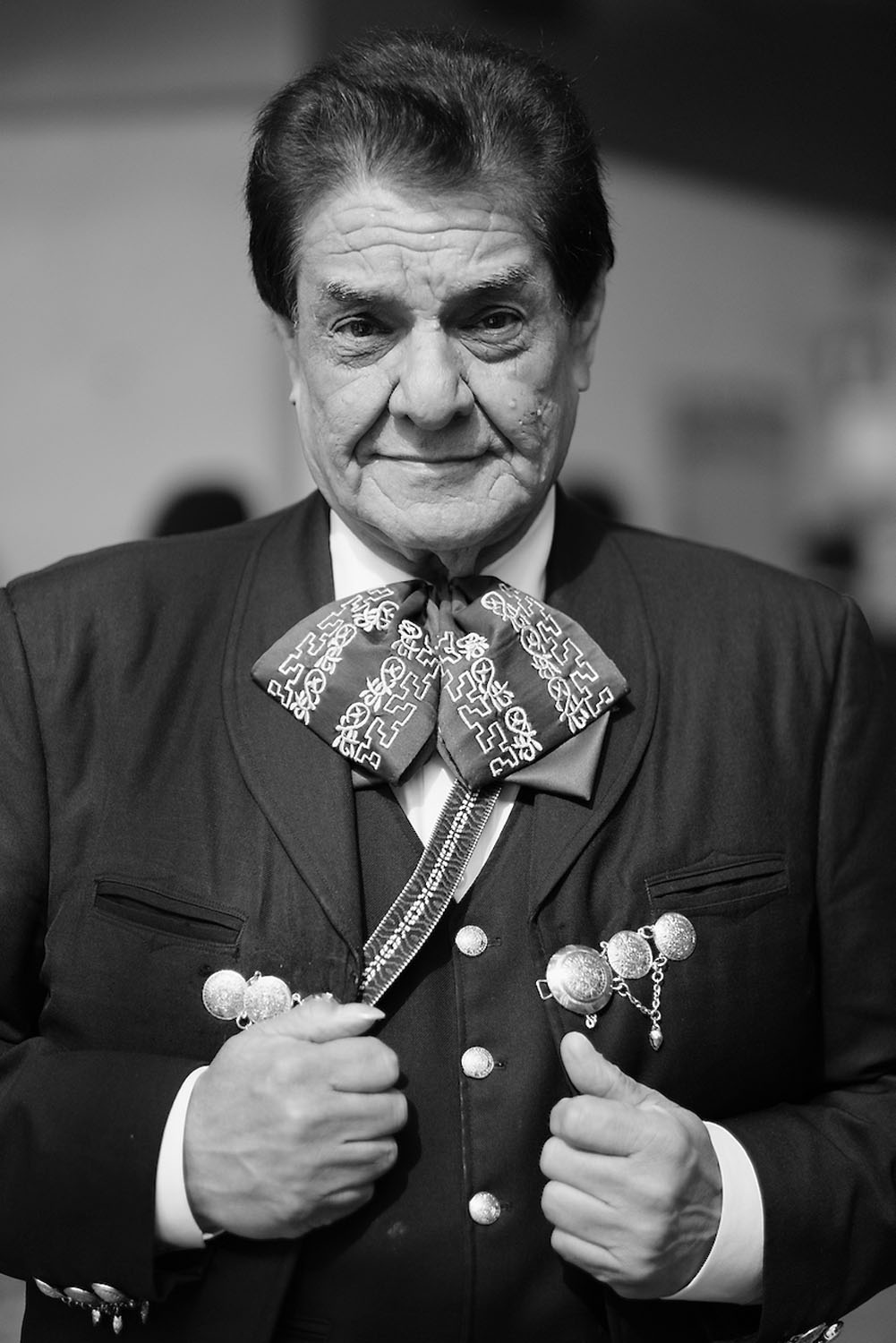
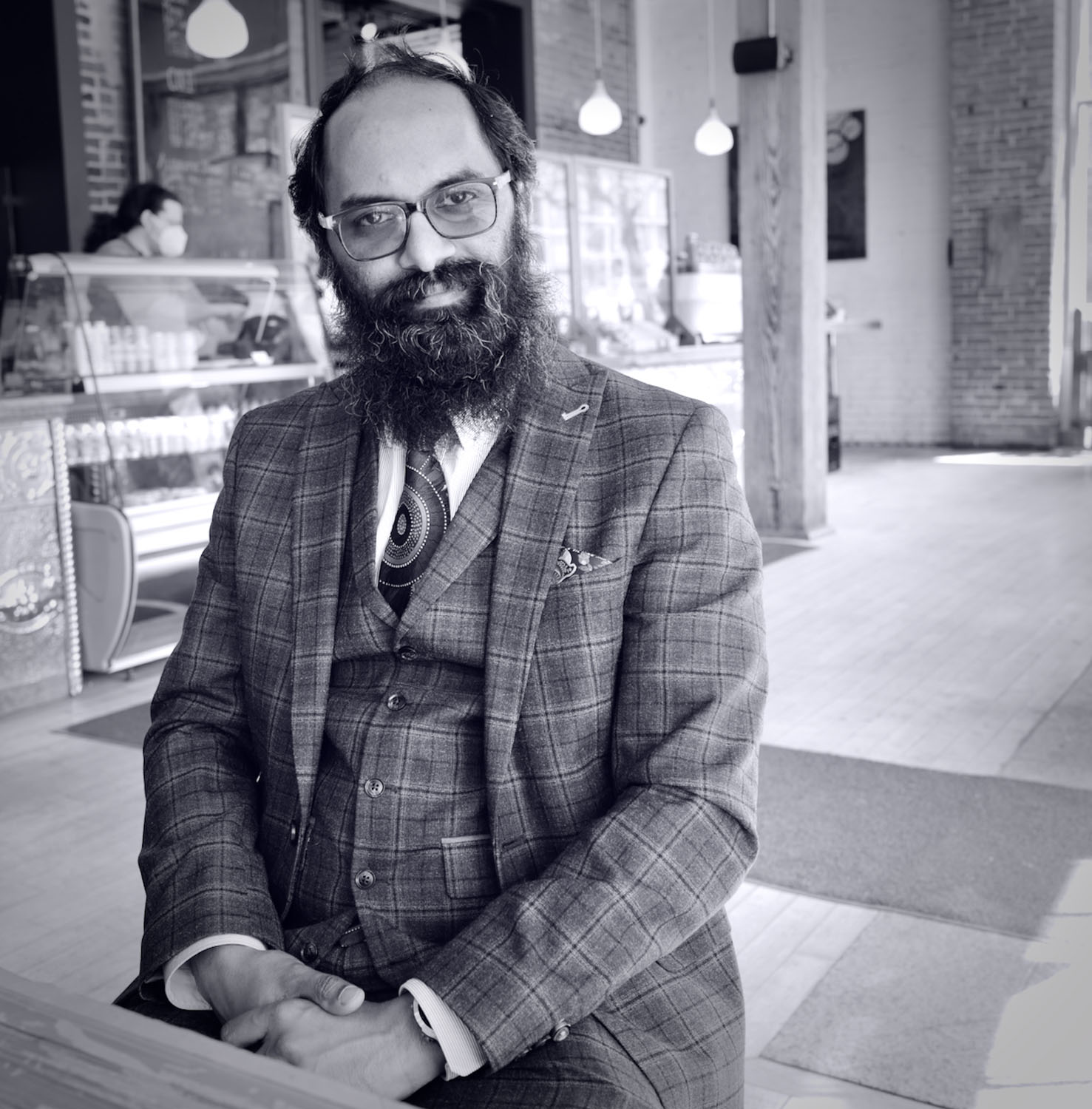
RIGHT: Leica Q2 Mono . Leica Summilux 28mmF1.7 . F/4.0 . 1/125” . ISO 640
Most of my photographs are black and white. I seldom shoot colour. But, today was so dull and rainy, I just felt like shooting colour. I decide in advance, and set my camera to monochrome or colour, and that’s where it stays for my entire walk. My walks last anywhere from about 30 minutes to four hours. I always have my camera with me. Sometimes I shoot from the streetcar window, sometimes I grab a shot while heading into a store. If I see something interesting, see a story I want to tell, I have to be able to click the shutter. Street photographers can never be without a camera.
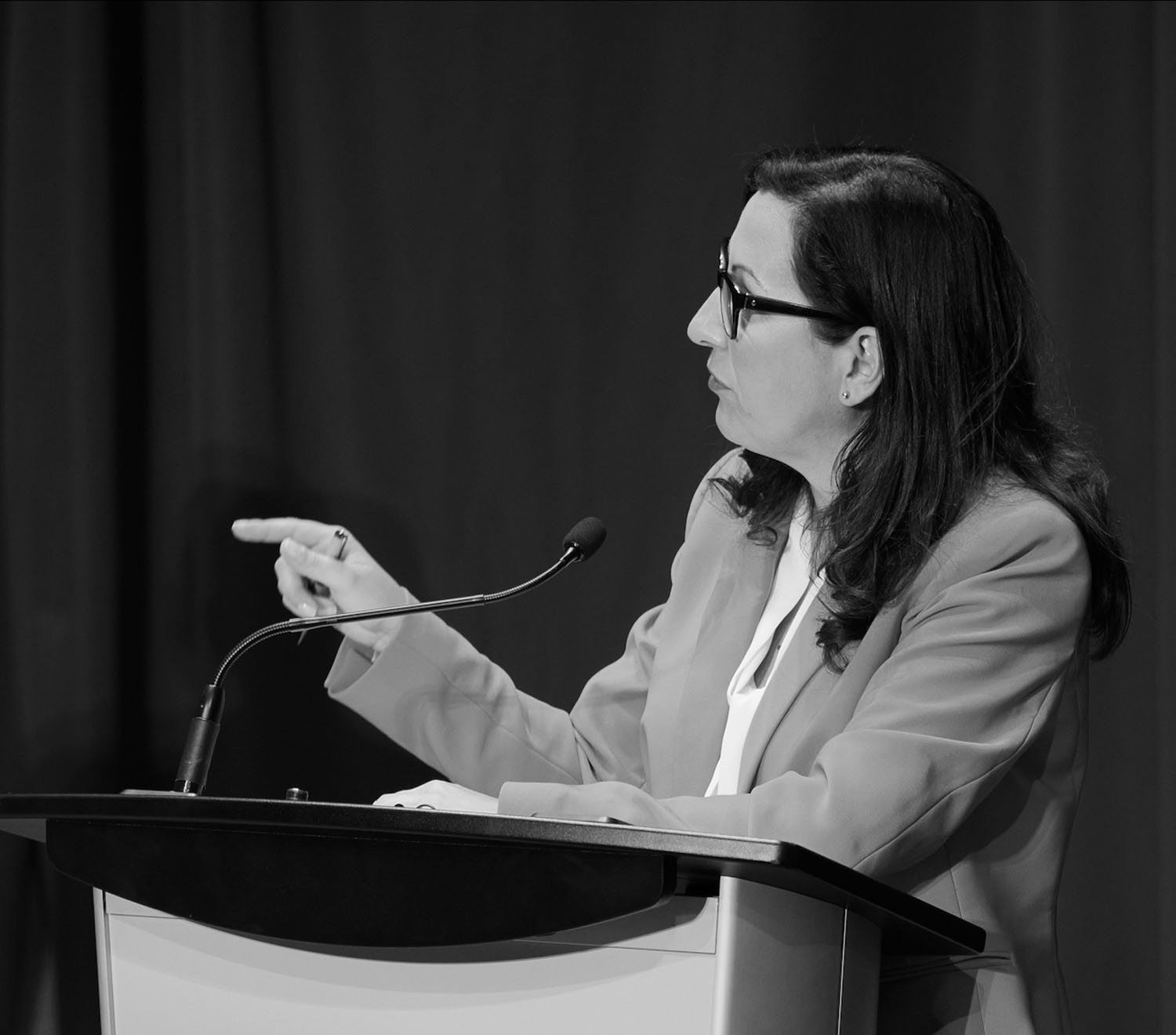

RIGHT: Olympus OM-1 . Olympus M.Zuiko 40-150mmF2.8 @150mm . F/3.5 . 1/125” . ISO 1600


RIGHT: Olympus OM-1 . Olympus M.Zuiko 17mmF1.2 . F/3.5 . 1/125” . ISO 1250
I walk around my city, observing, at least several times a week, with an important goal of showing human relationships, what’s around them, and dimensions of life that many of us miss. Street photography enables me to have a deeper conversation with the world, and to realize what a privilege it is to live in such an interesting place.
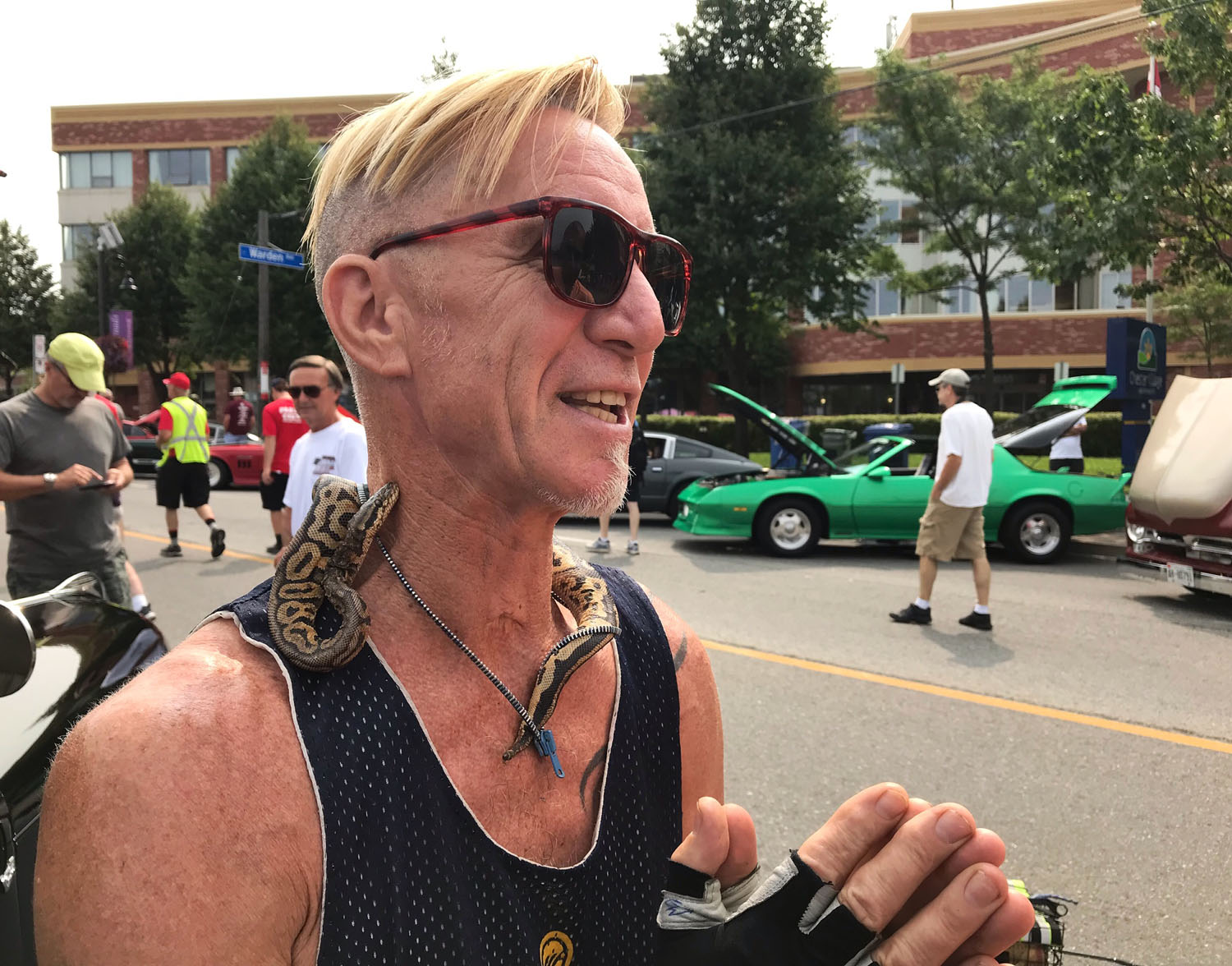
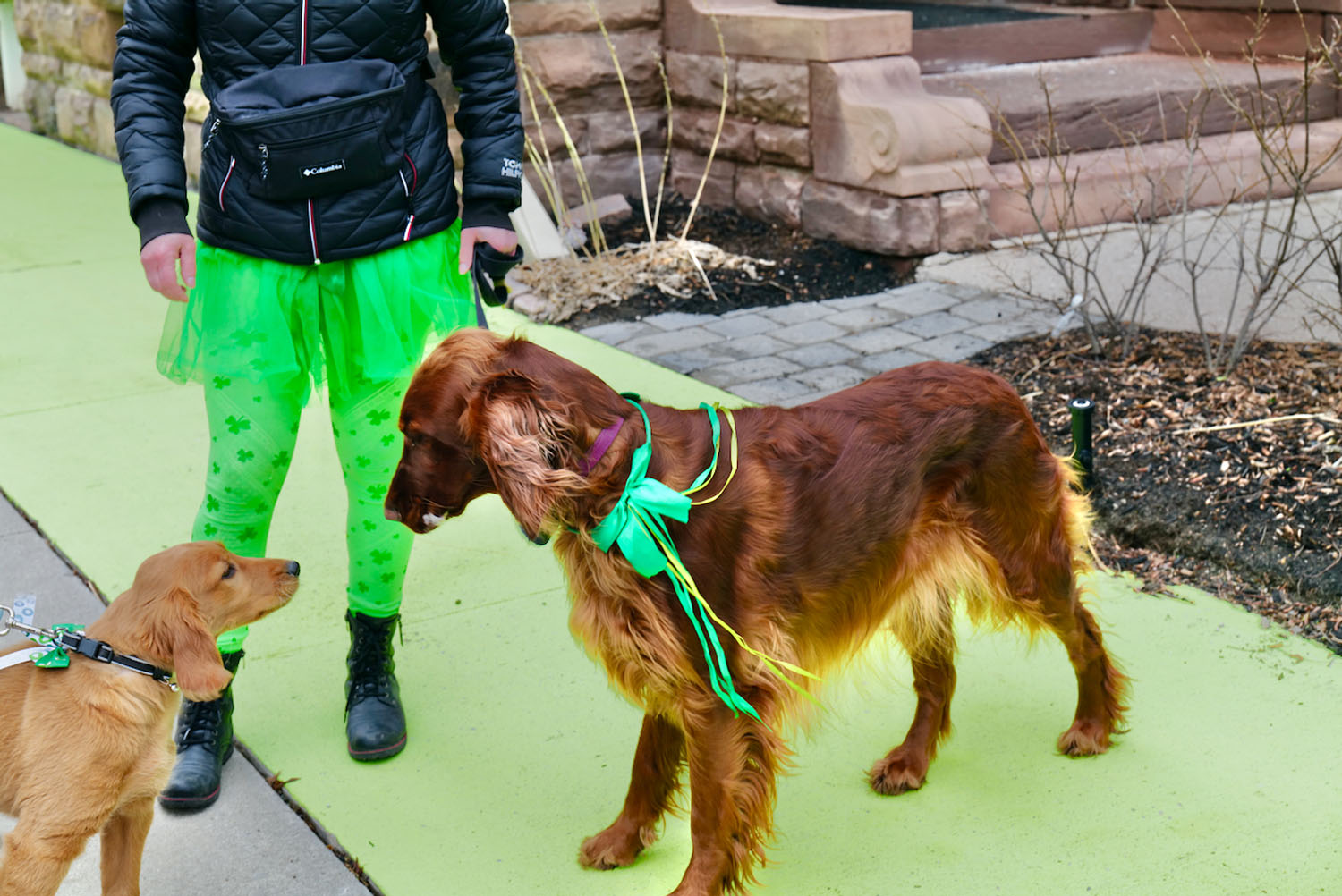
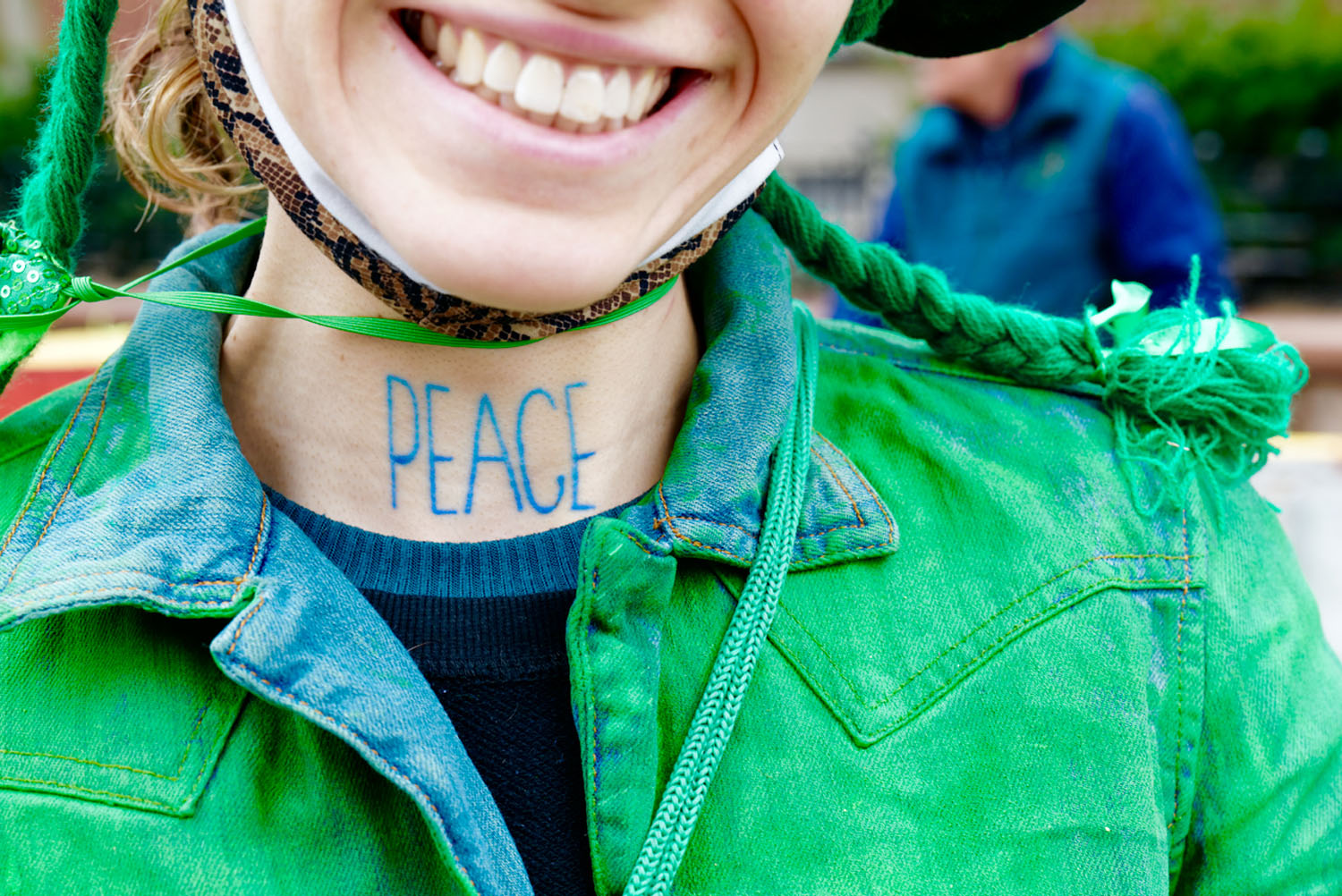
RIGHT: Leica SL2 . Leica Vario-Elmarit-SL 24-90mmF2.8-4 @59mm . F/8 . 1/125” . ISO 1000
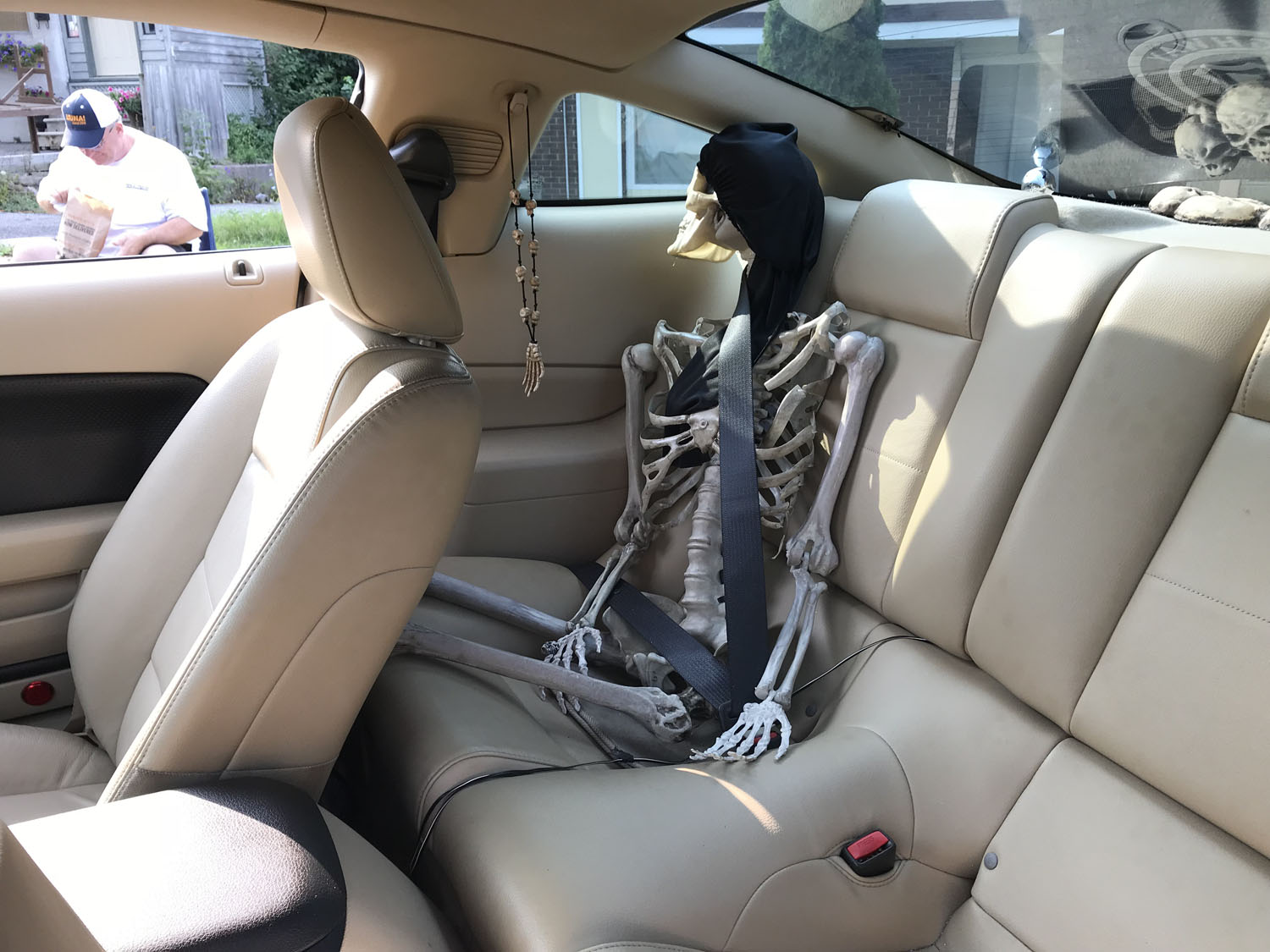
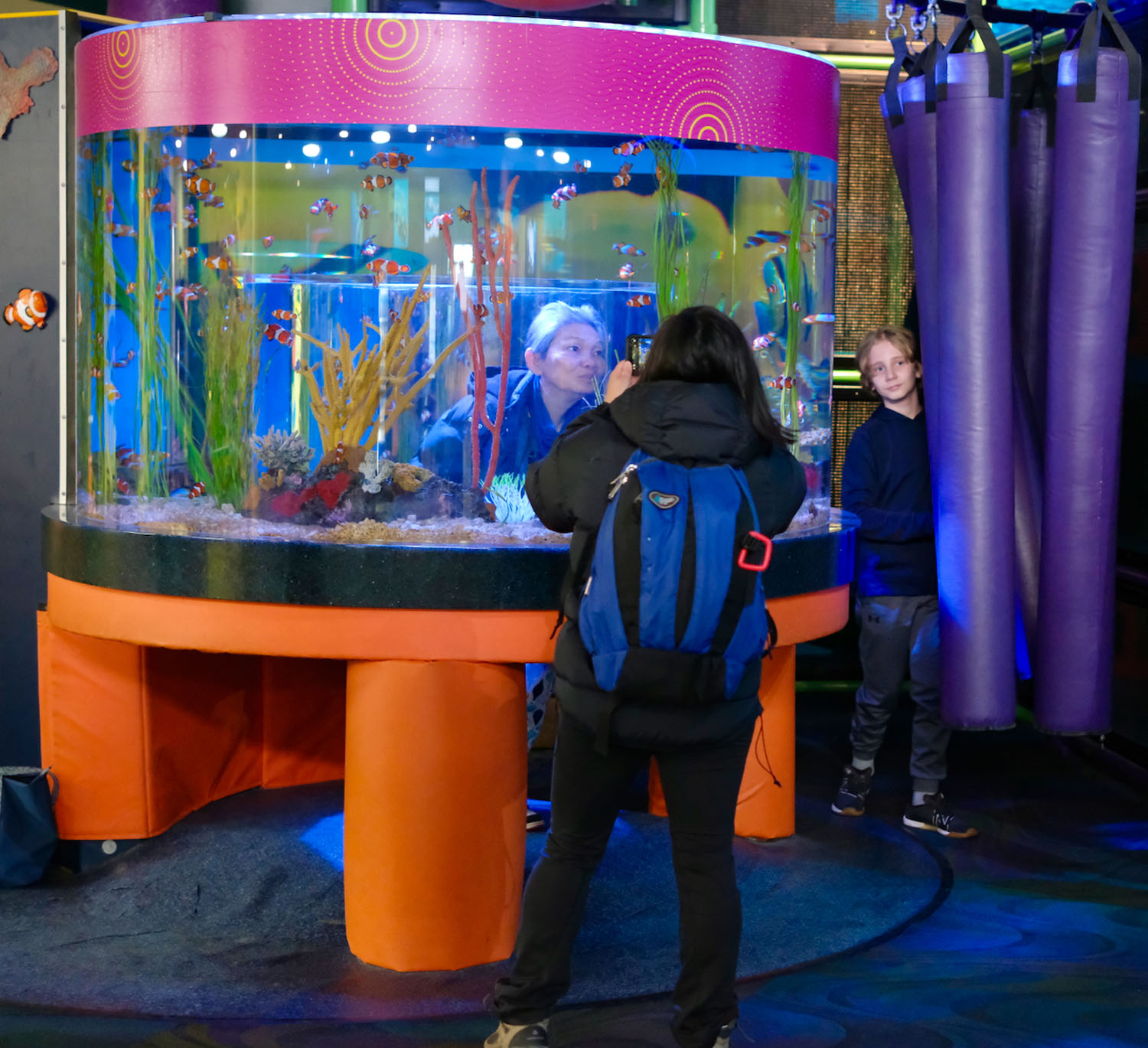
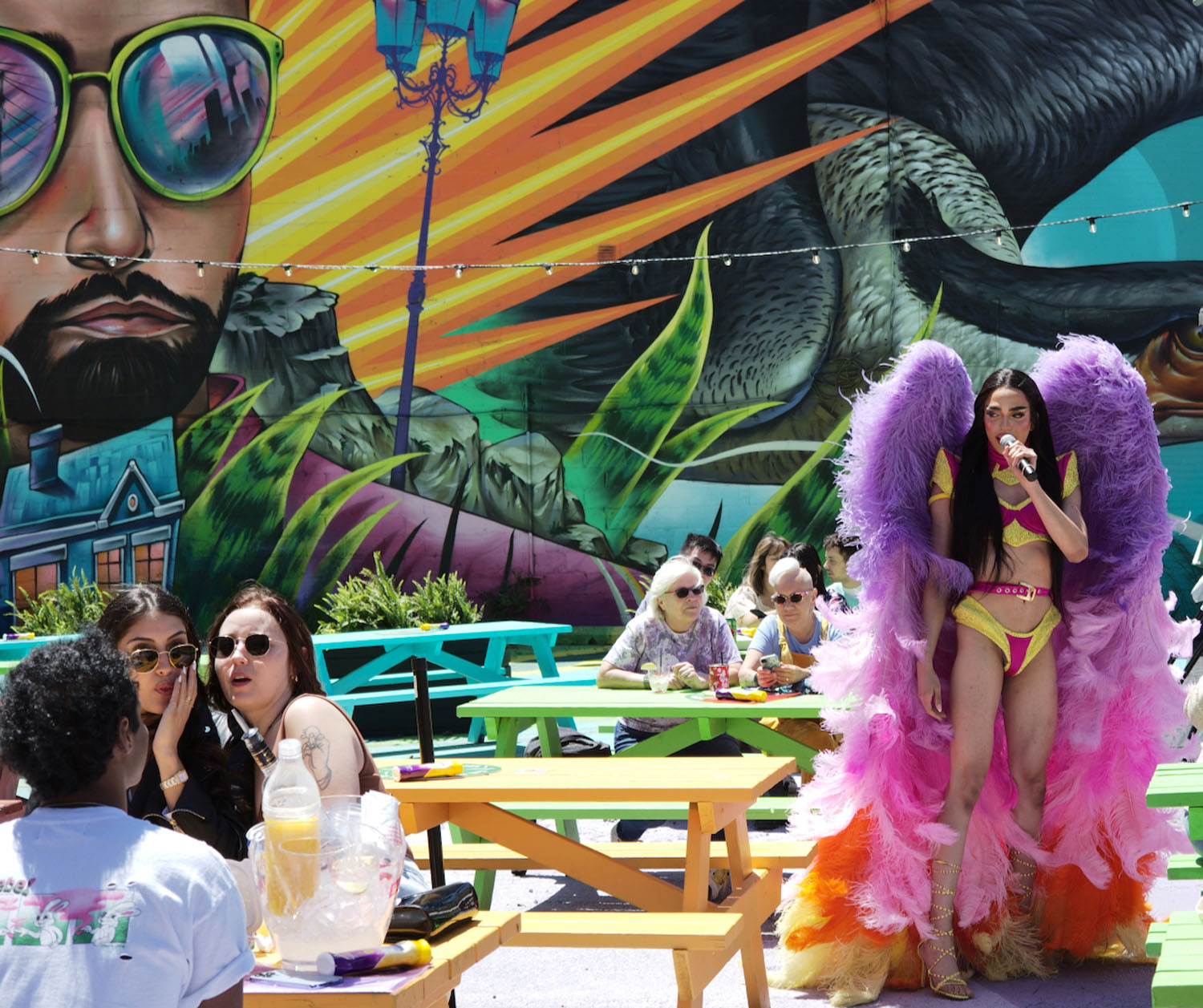
RIGHT: Leica M10-R . Leica Summicron-M 50mmF1.2 . F/8 . 1/125” . ISO 100
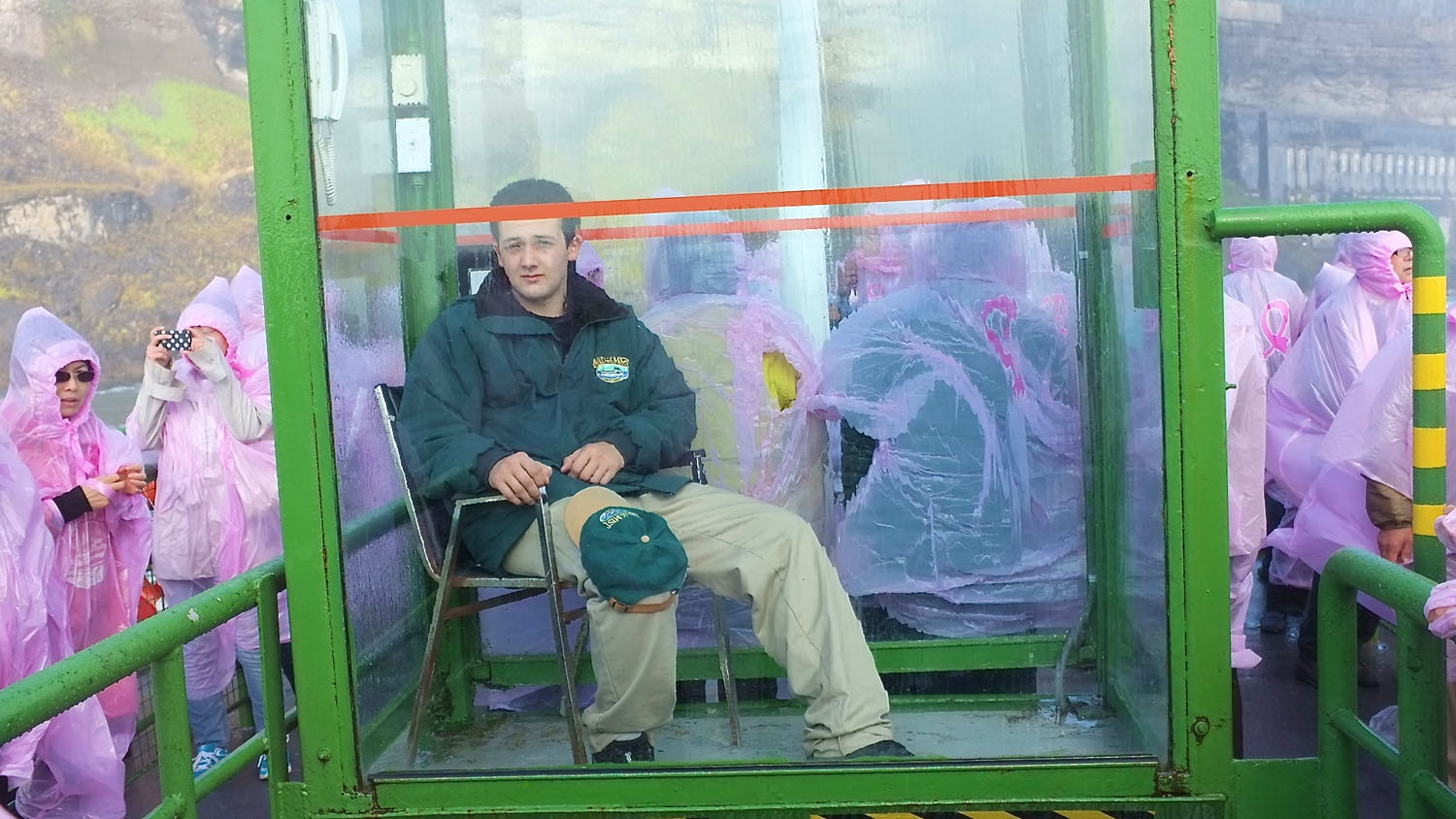
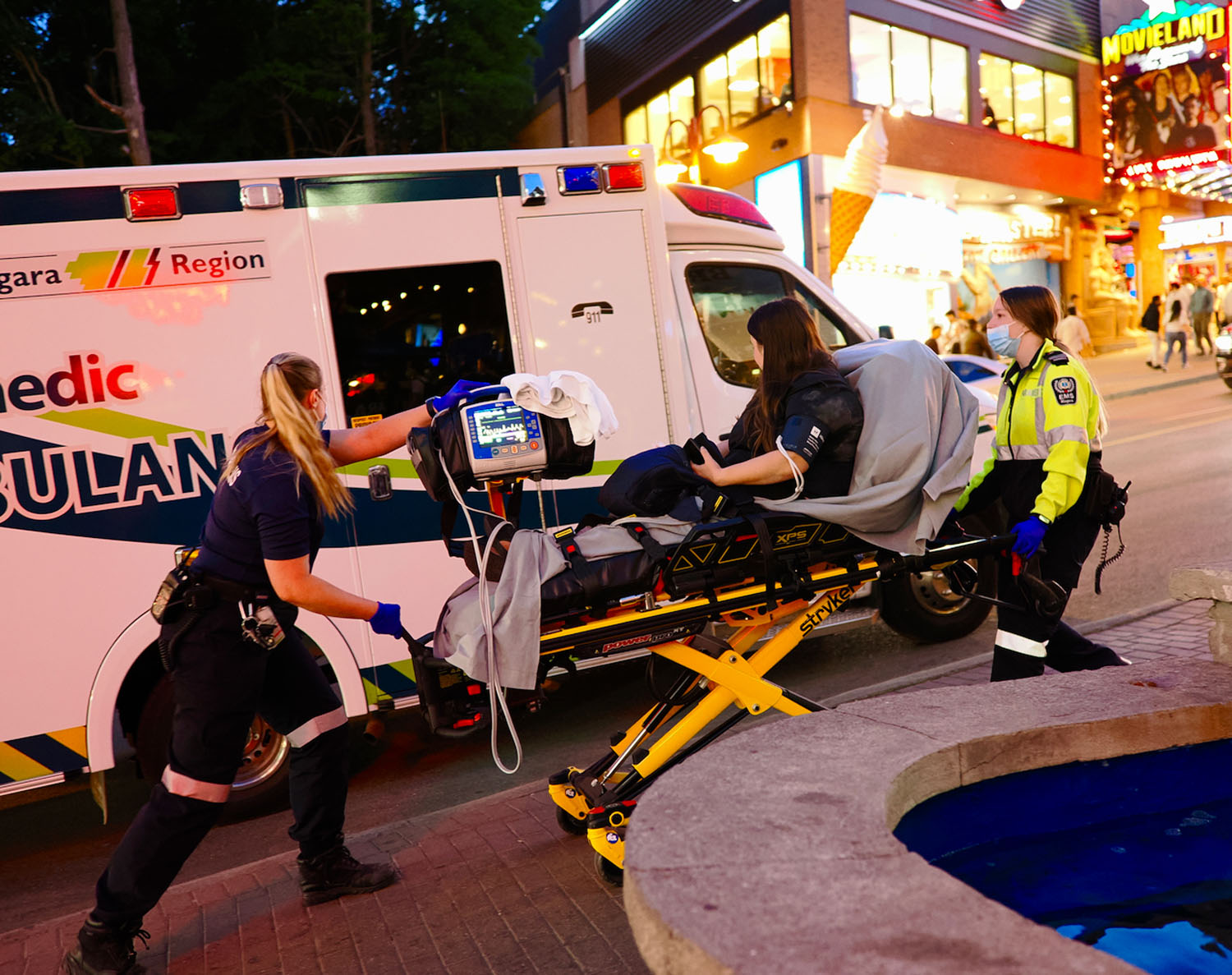
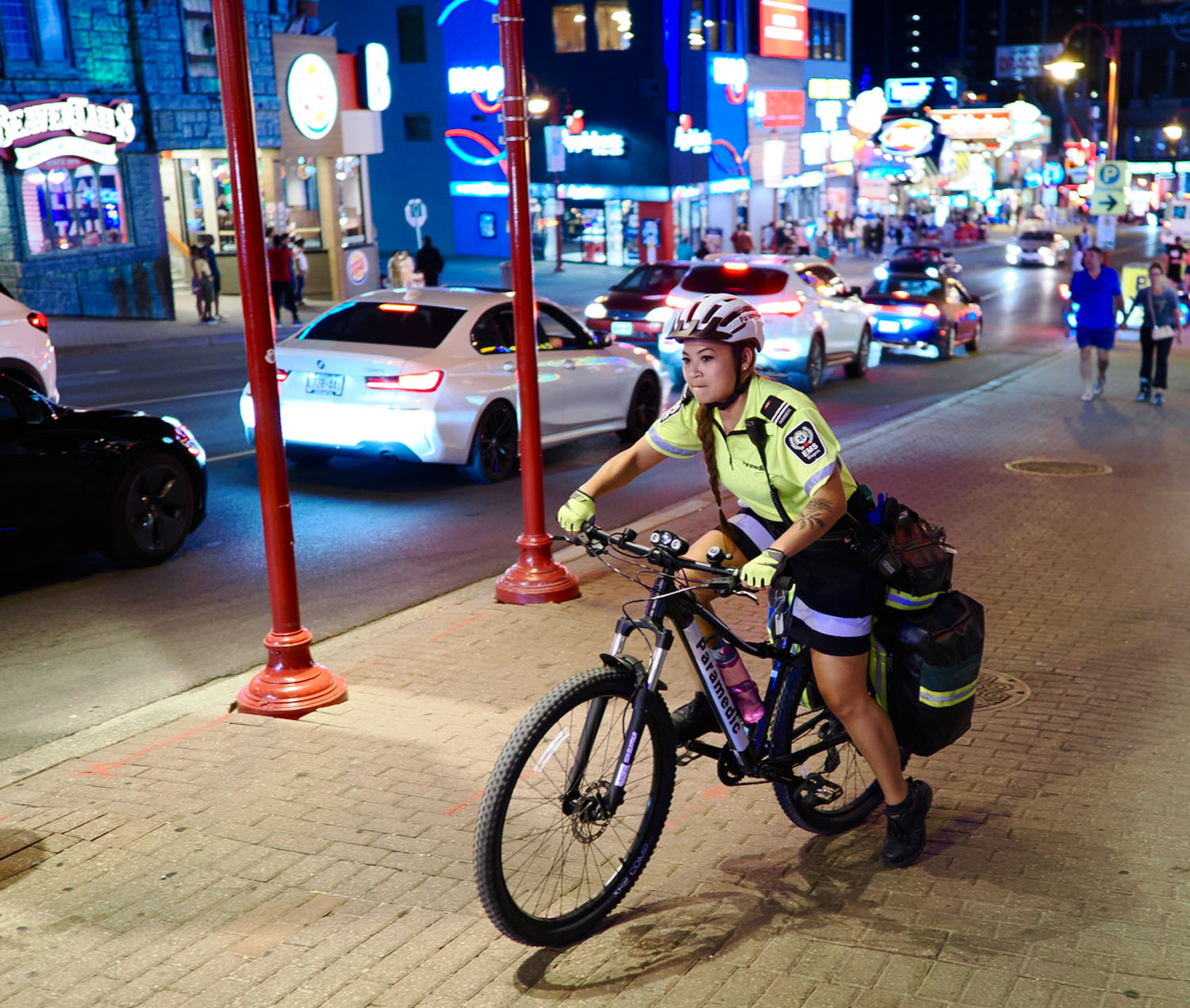
RIGHT: Olympus OM-1 . Olympus M.Zuiko 17mmF1.2 . F/1.2 . 1/125” . ISO 1000
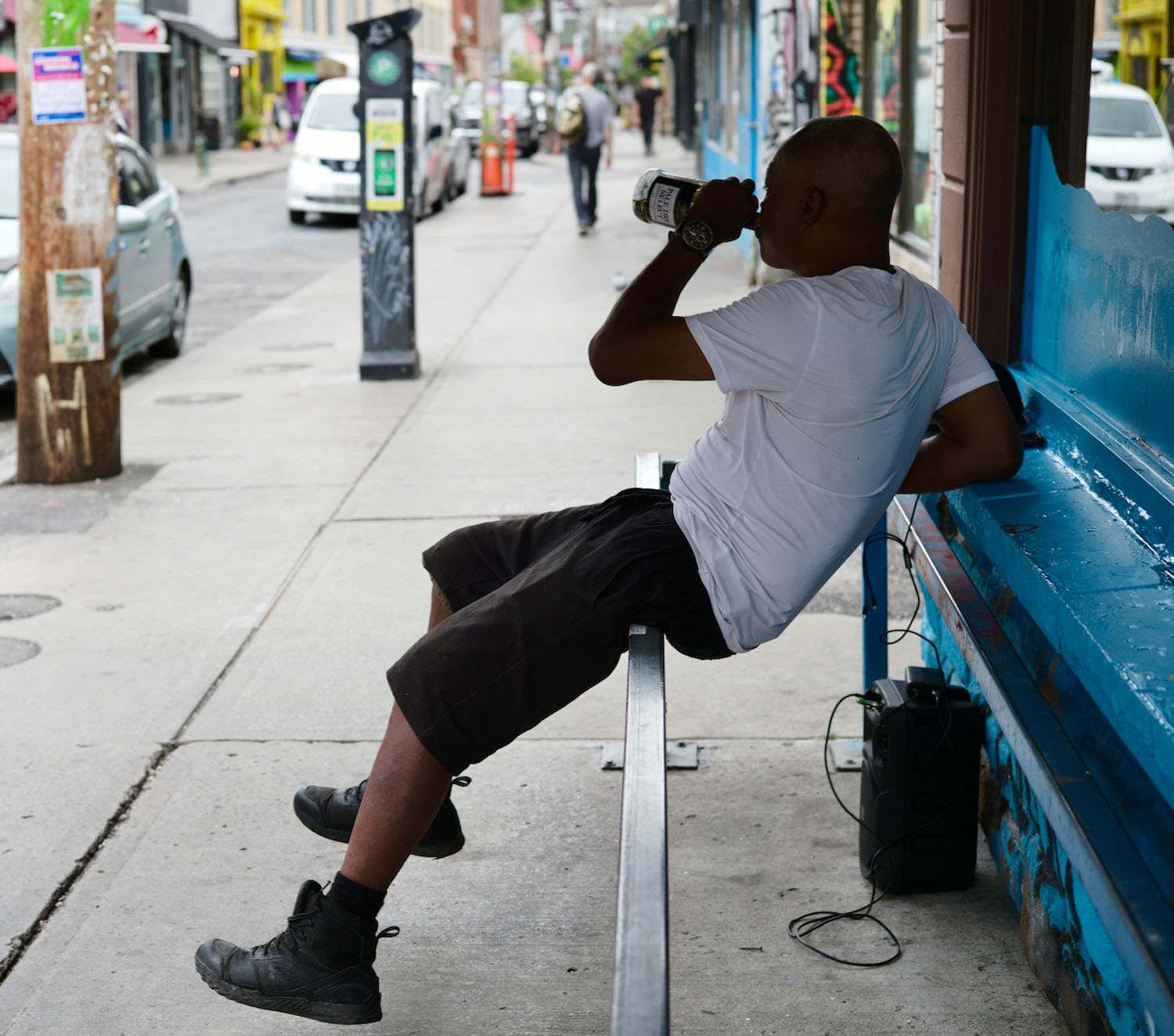
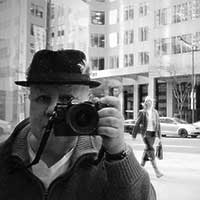
David John Turnbull is a former college professor and former paramedic. He is now focused on being energized and relaxed by walking around observing city life, wearing his camera.




